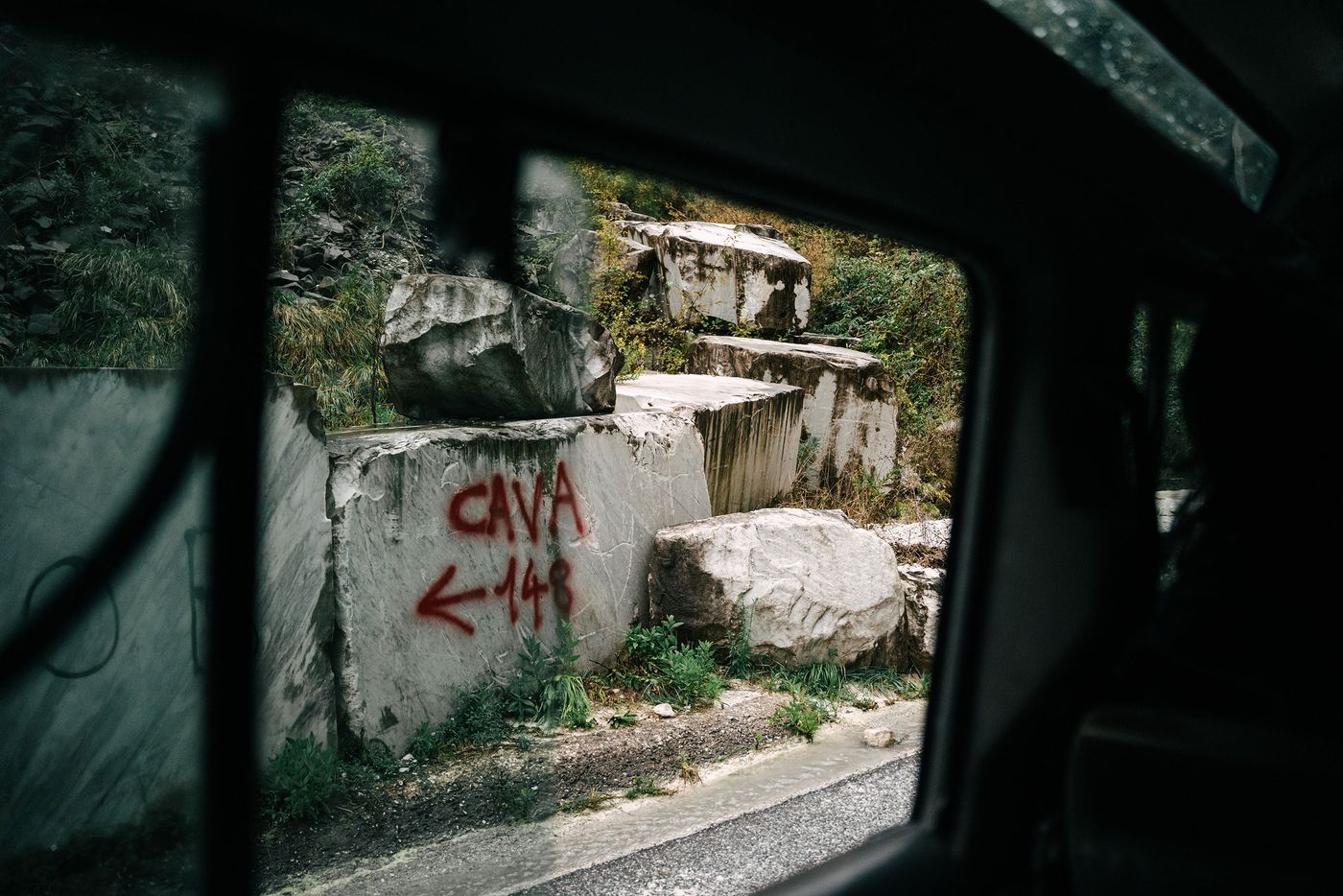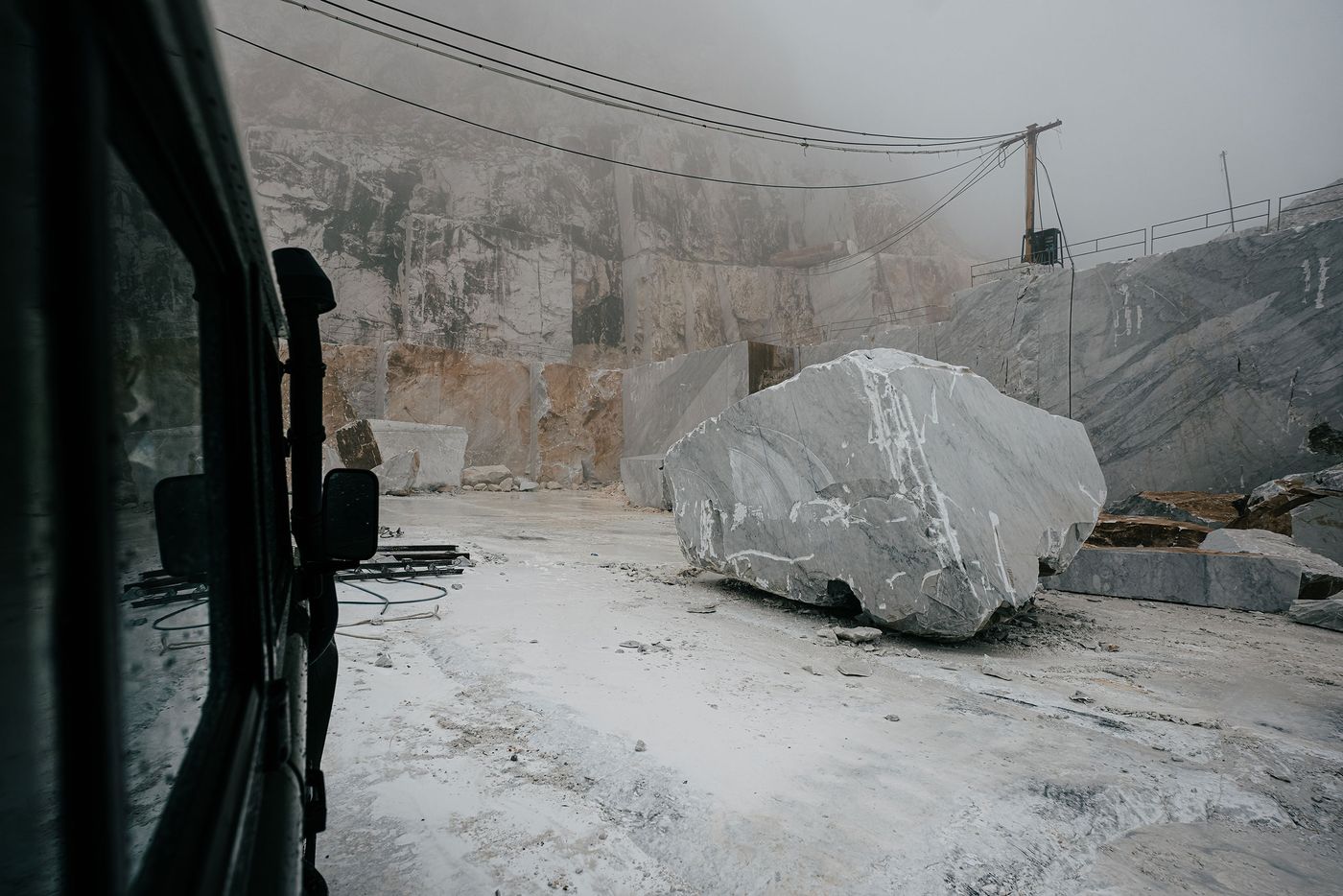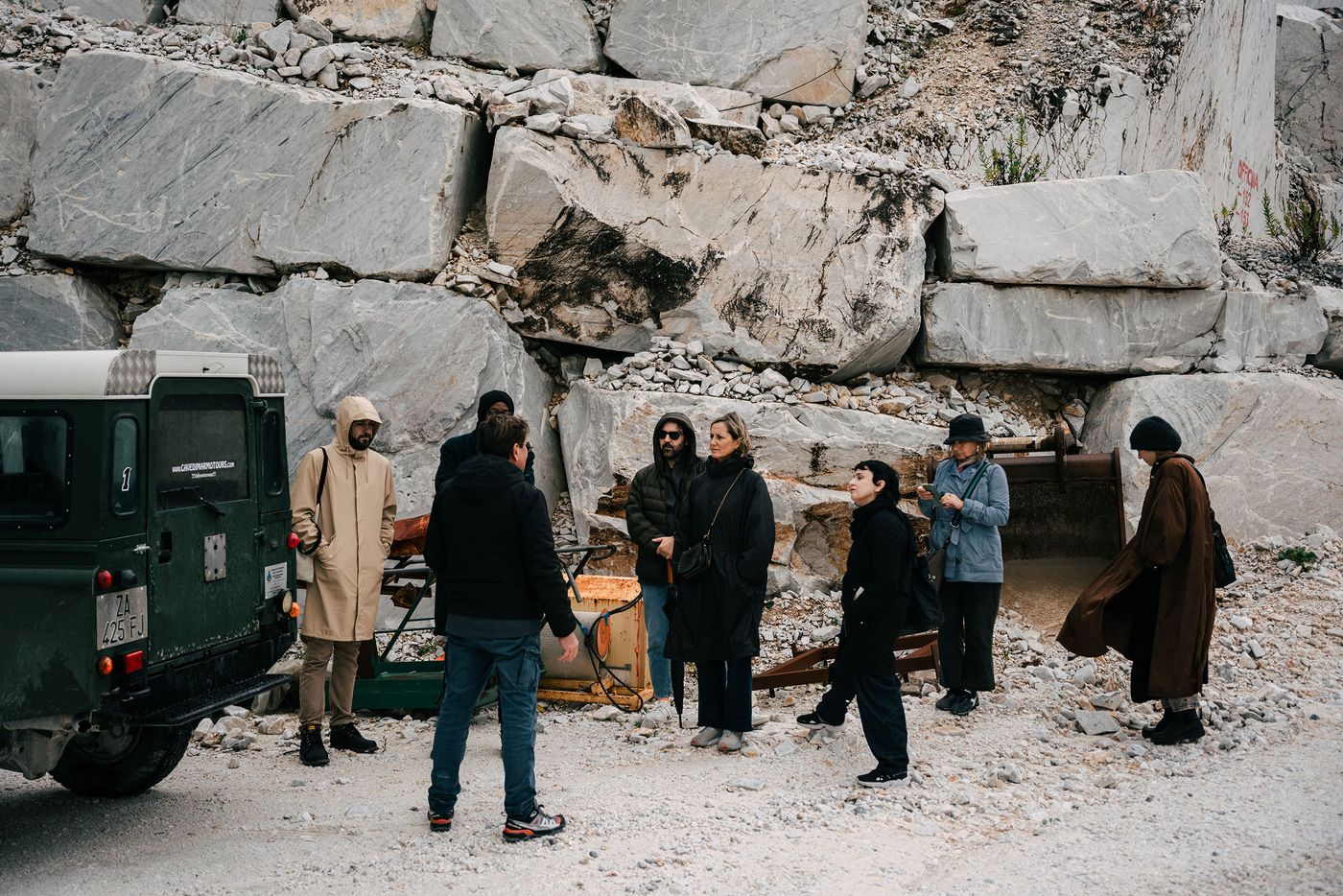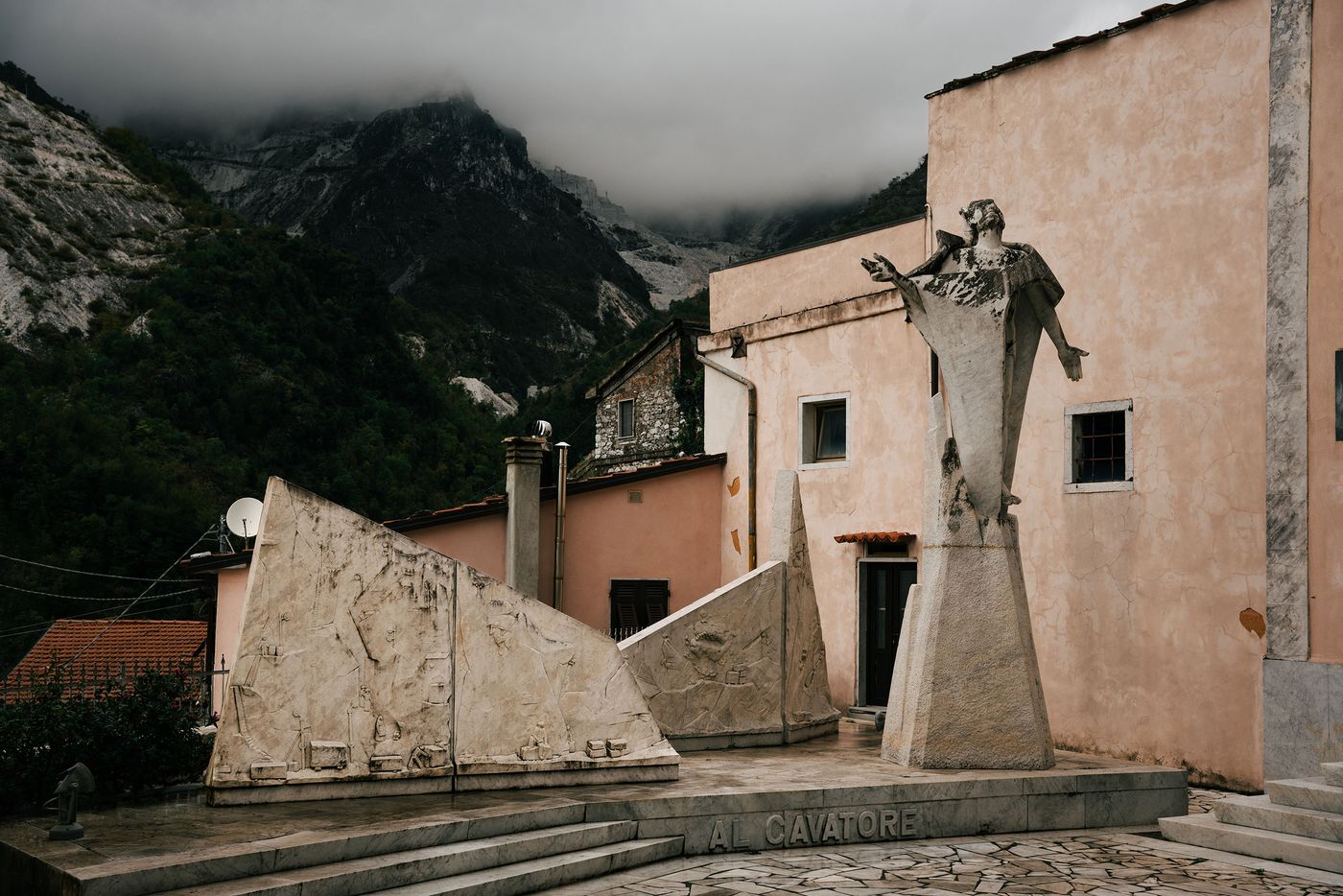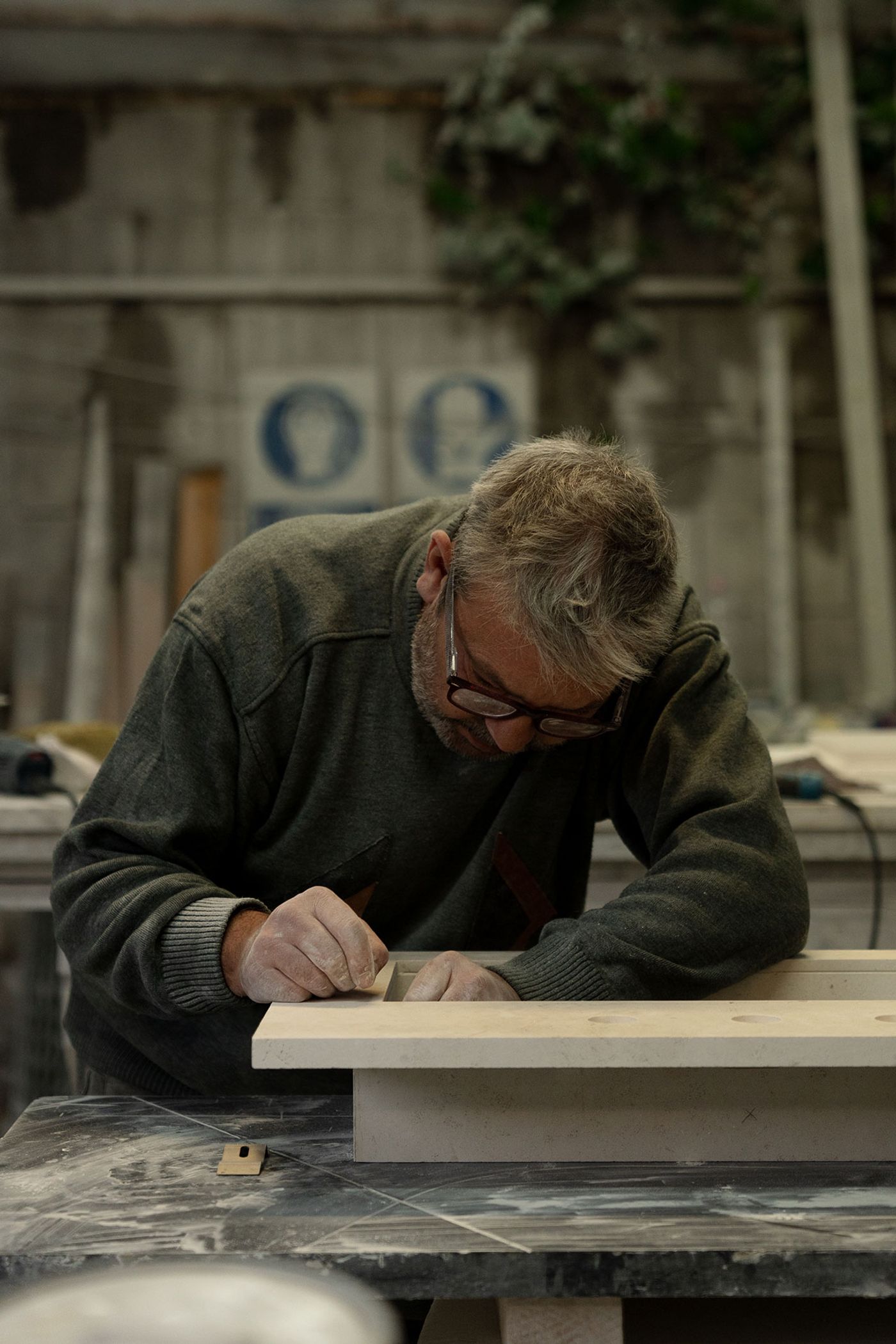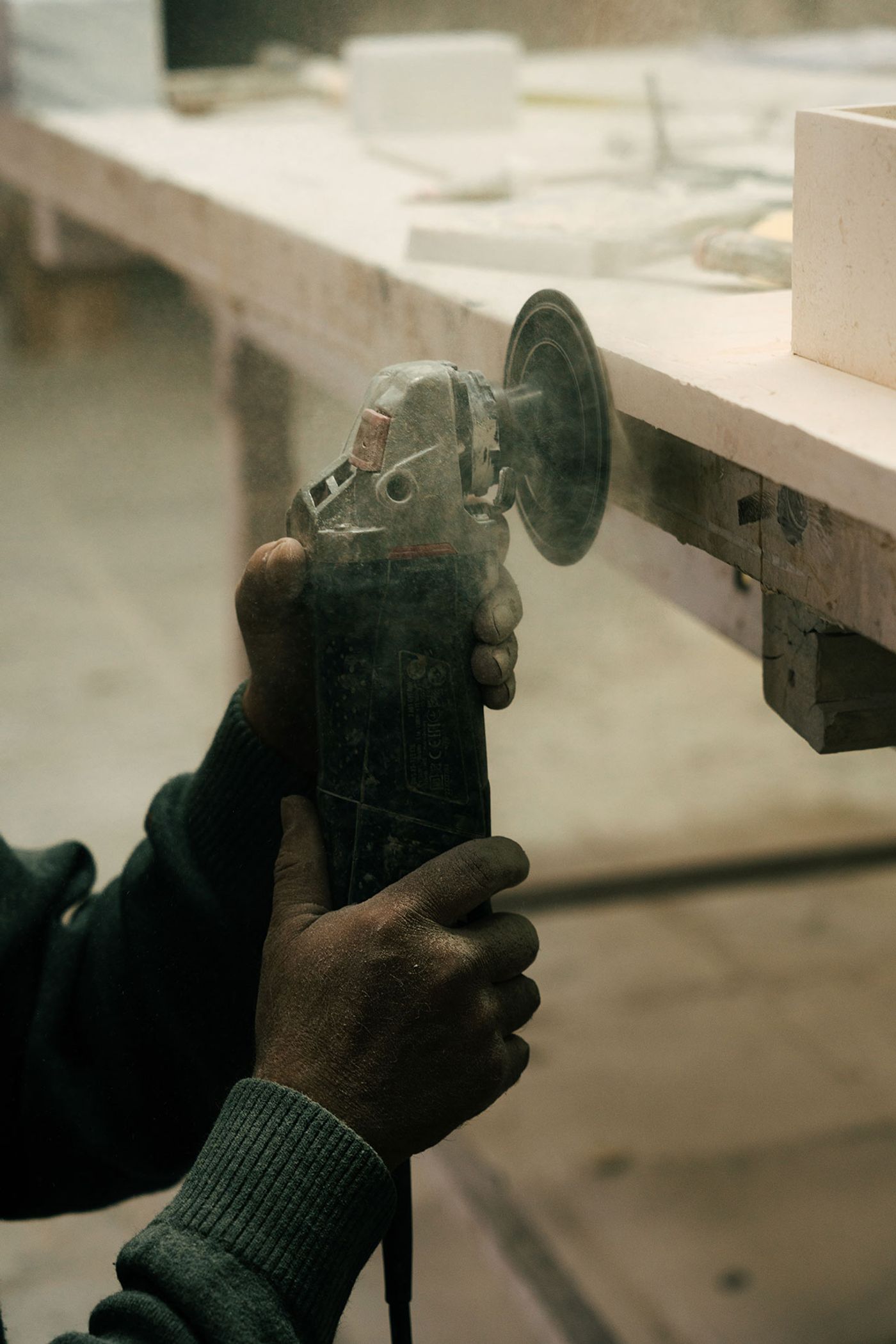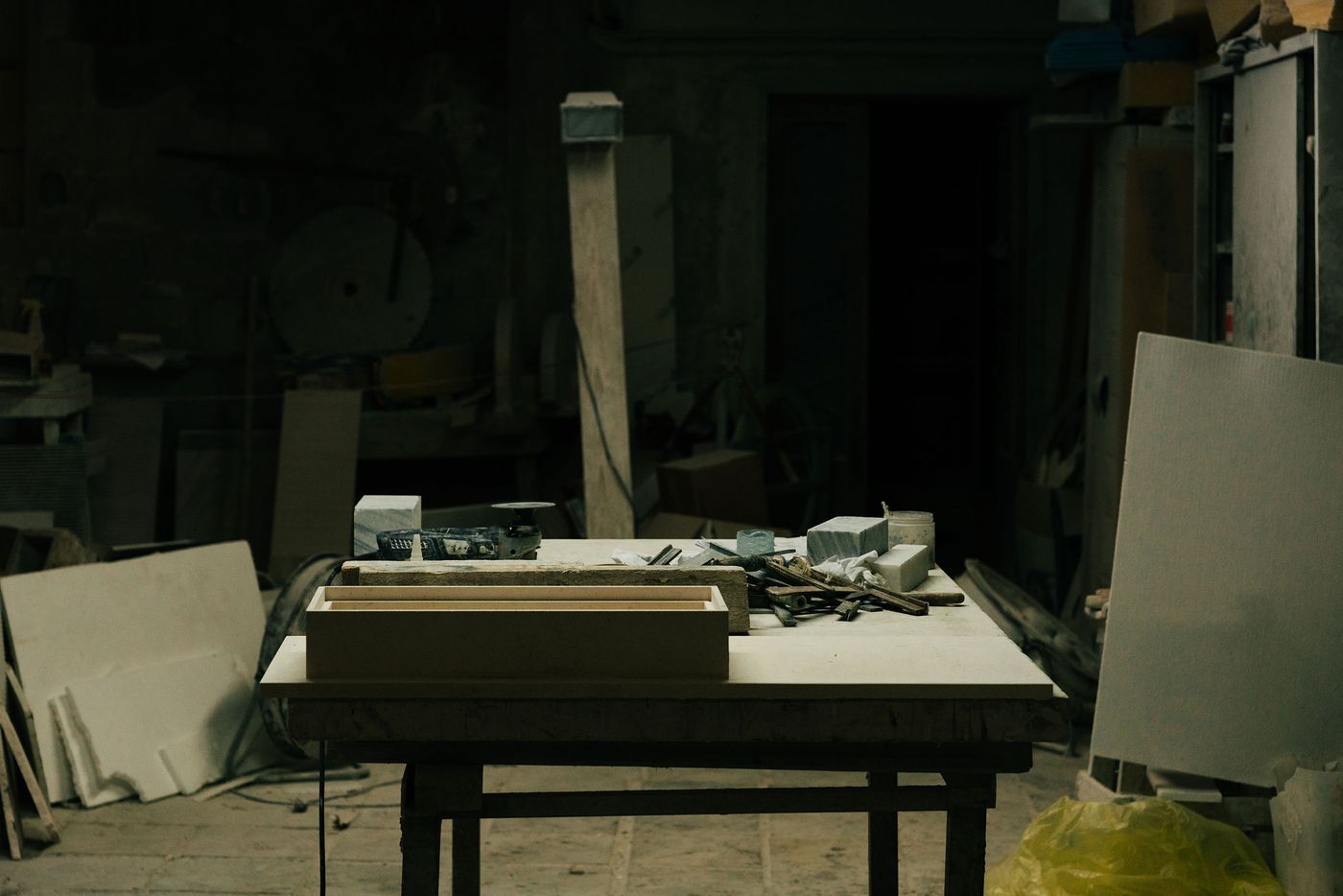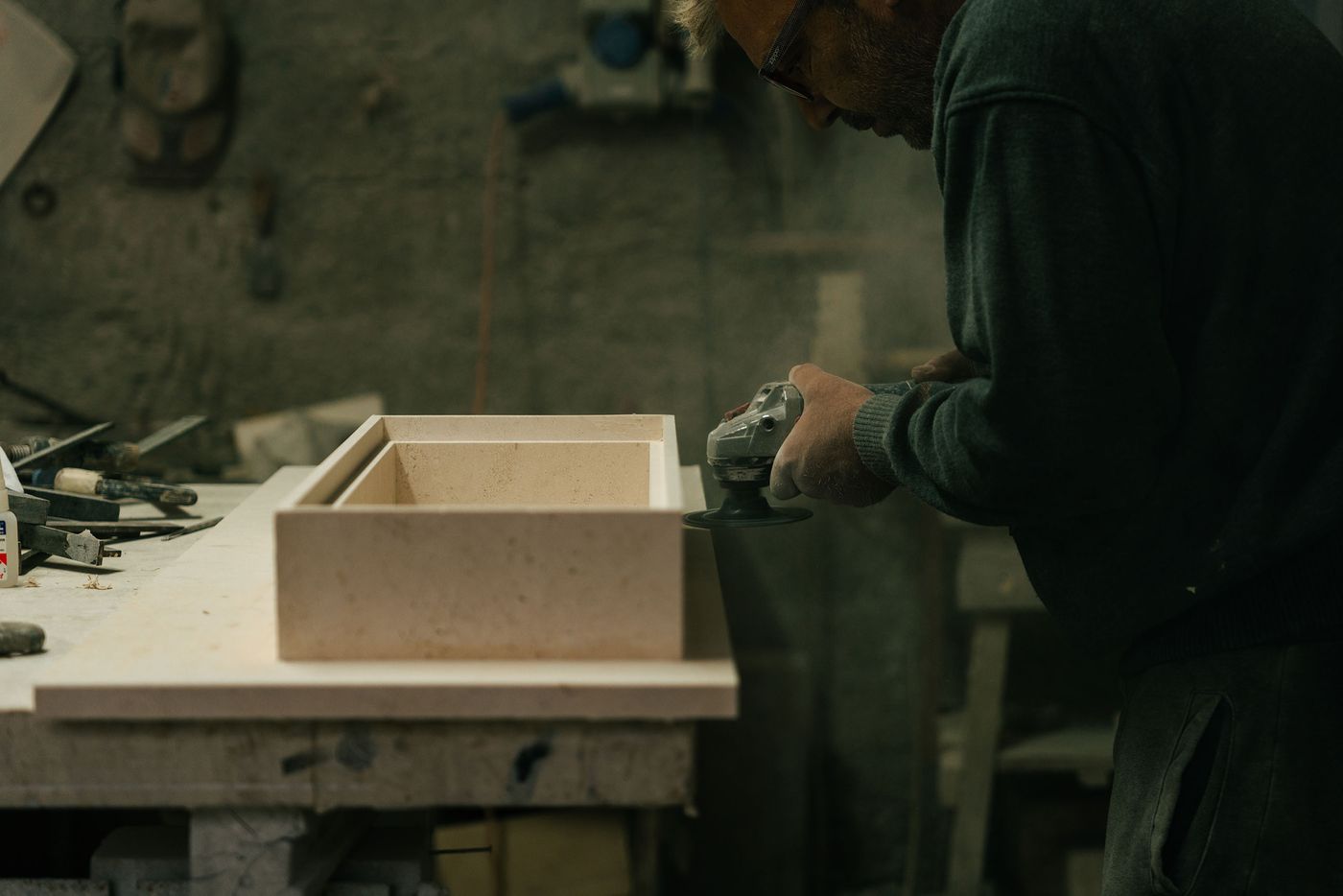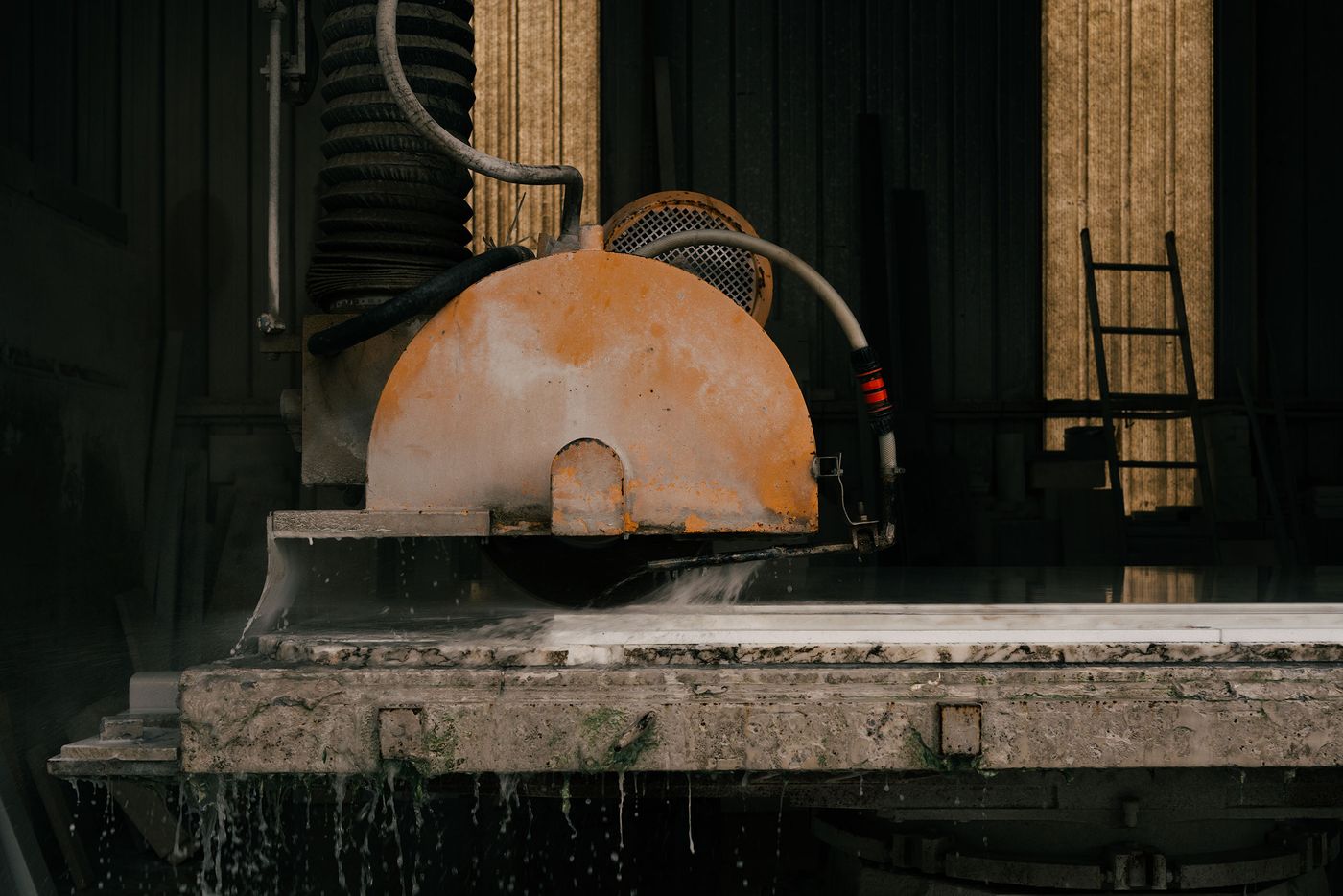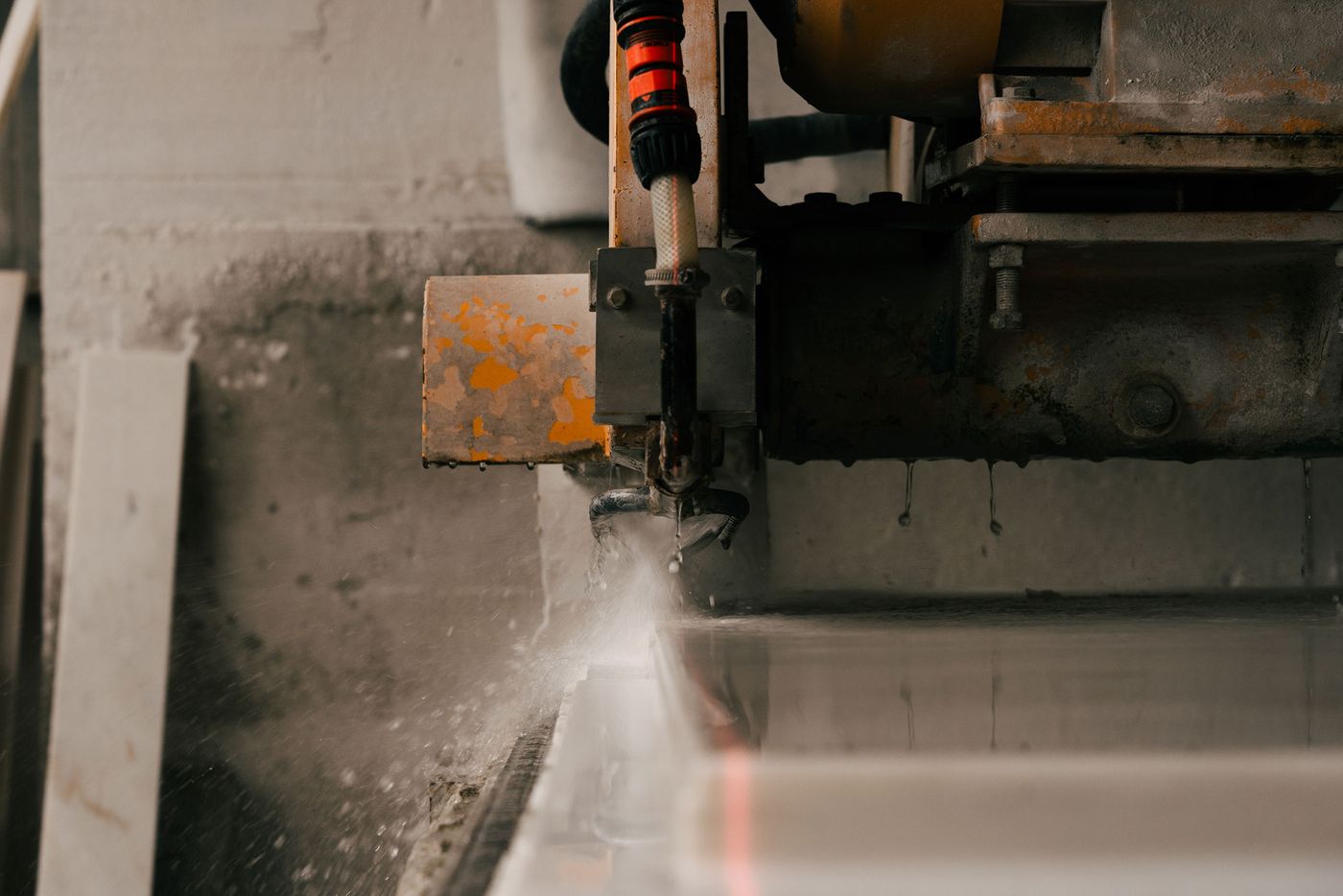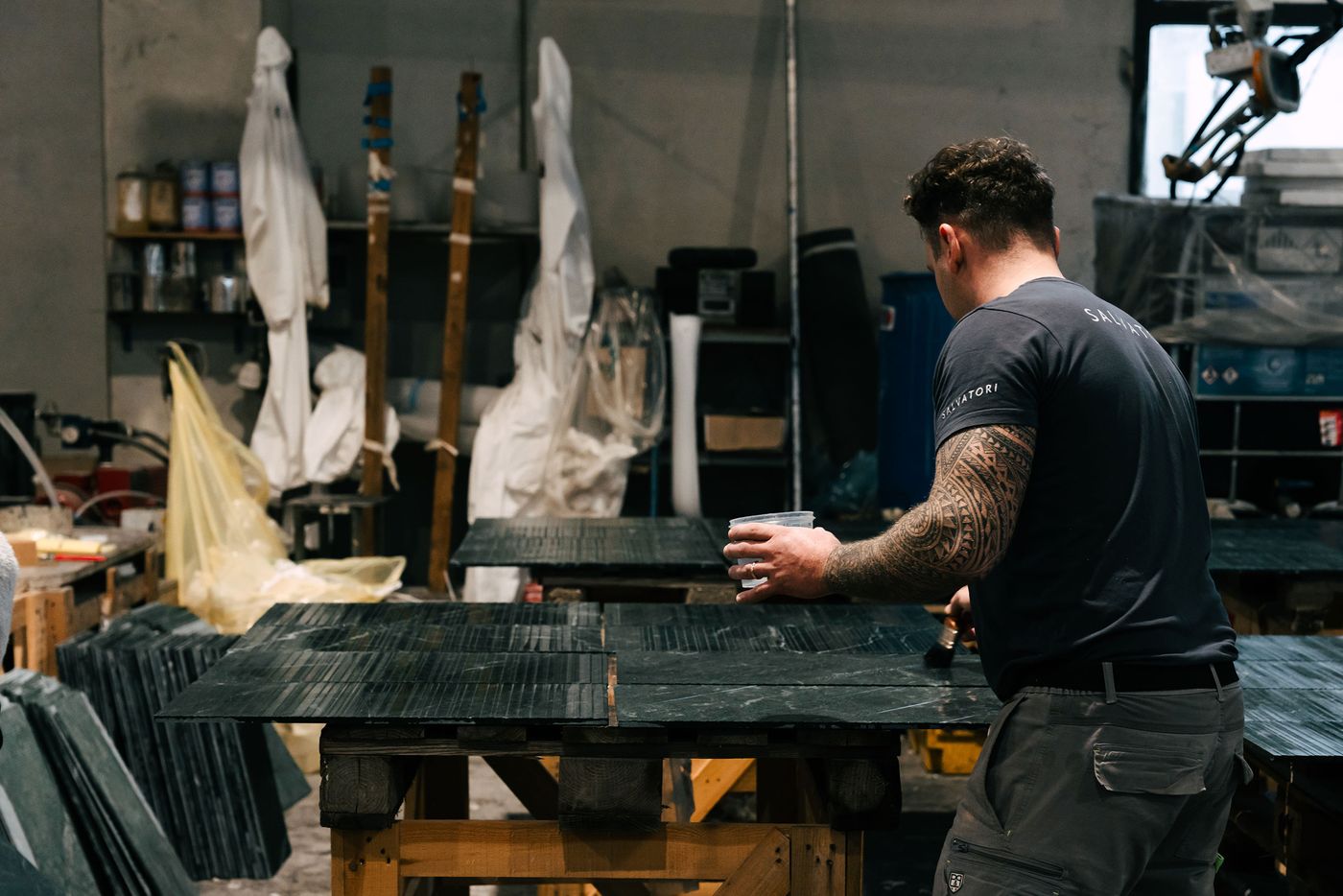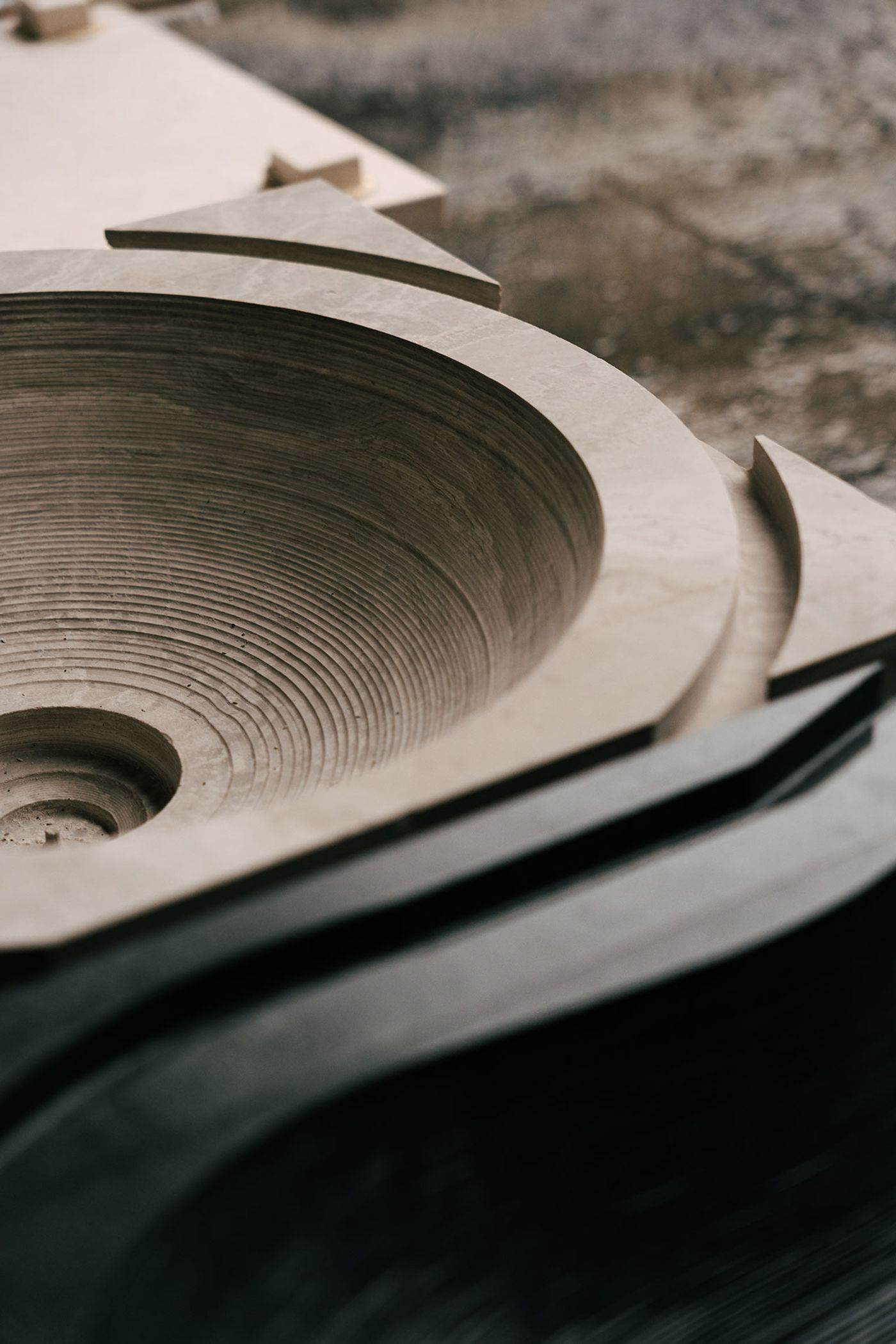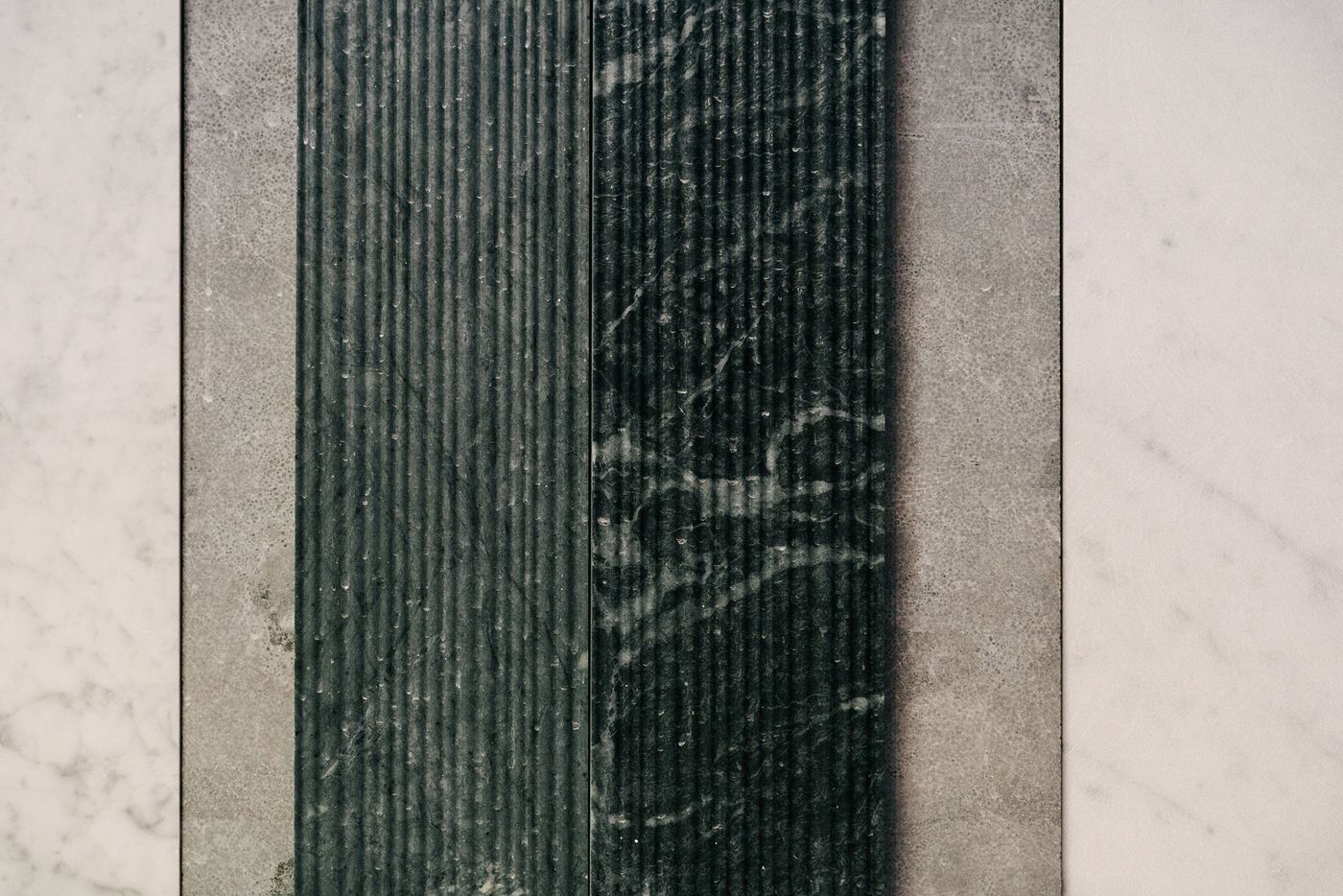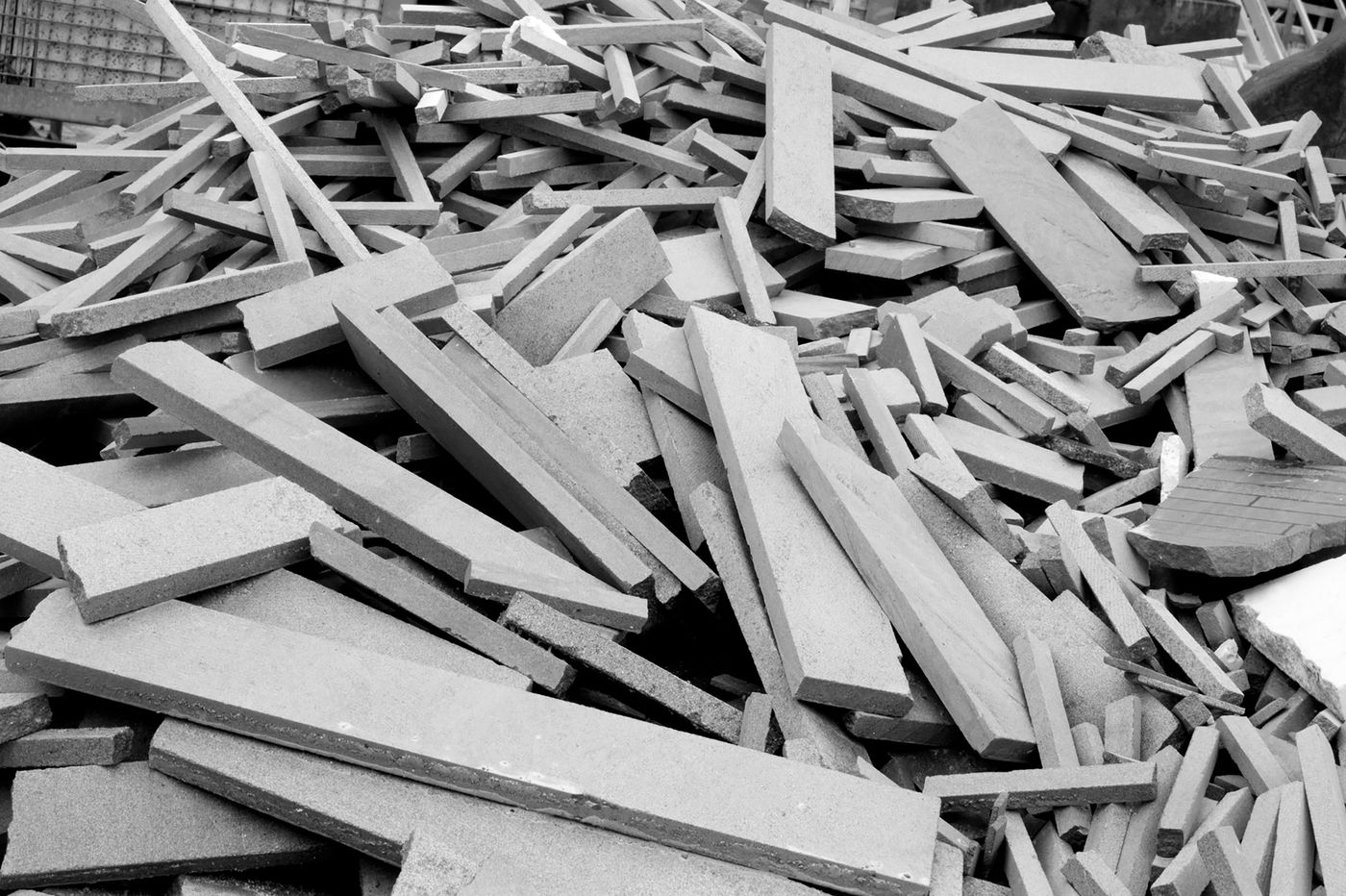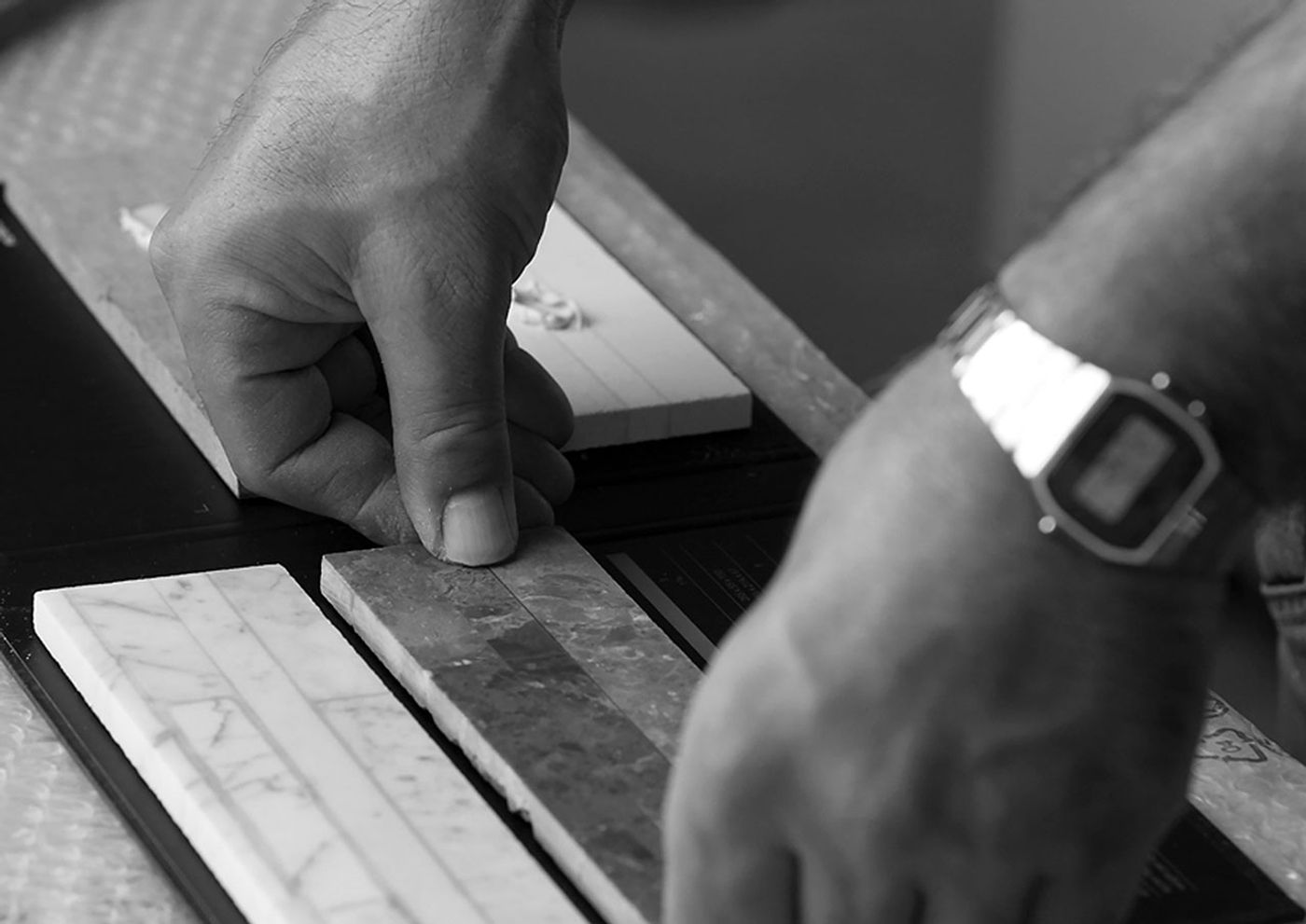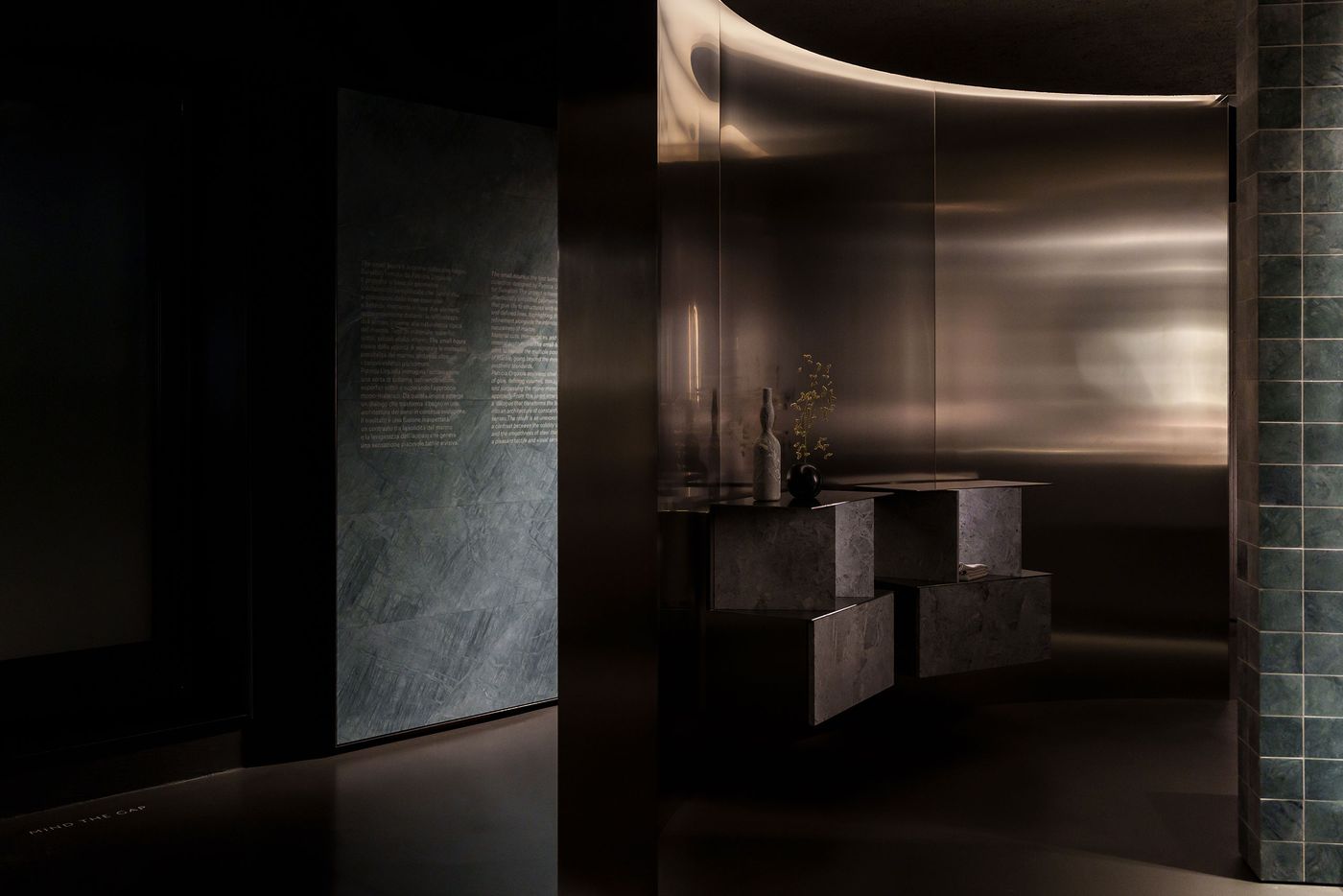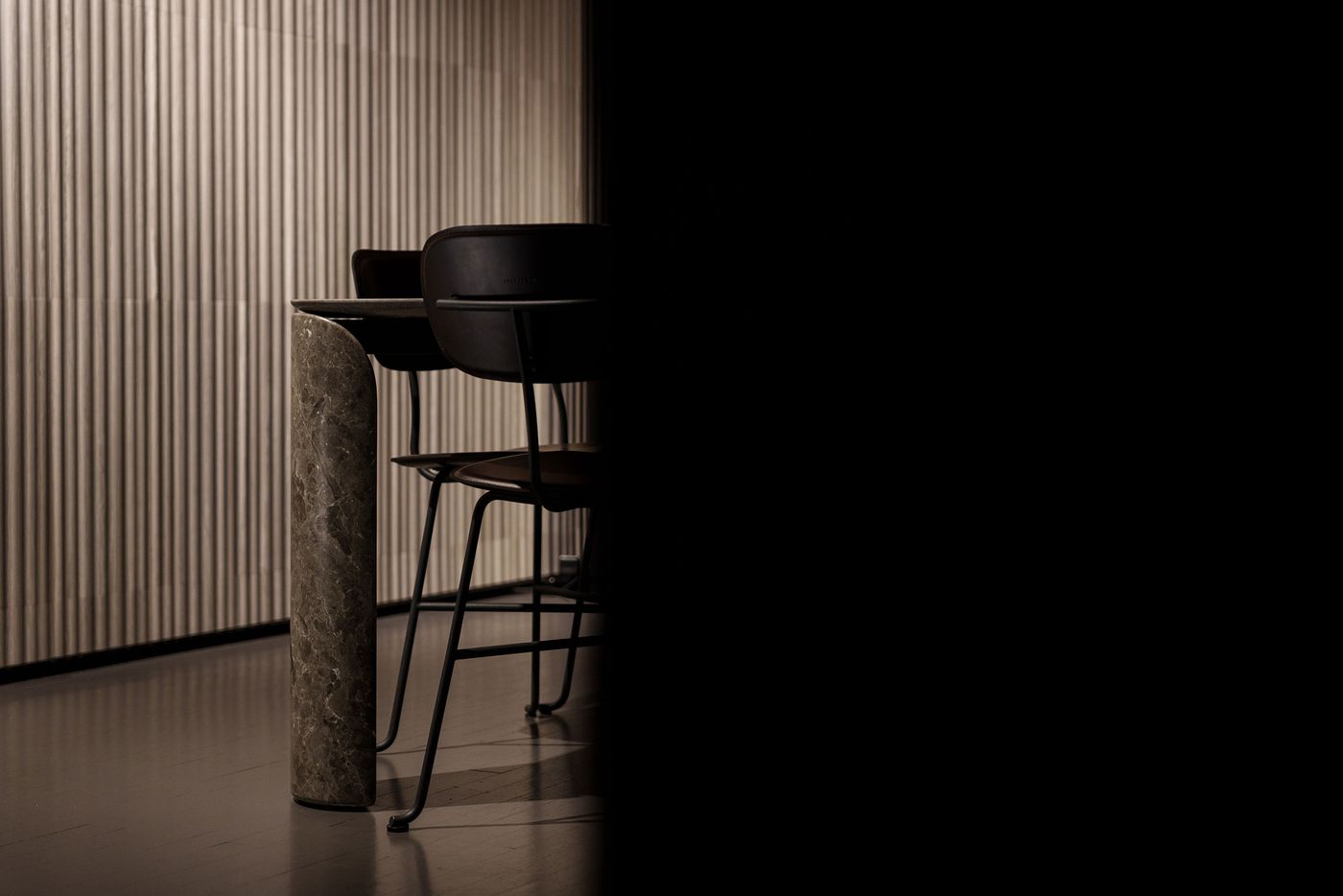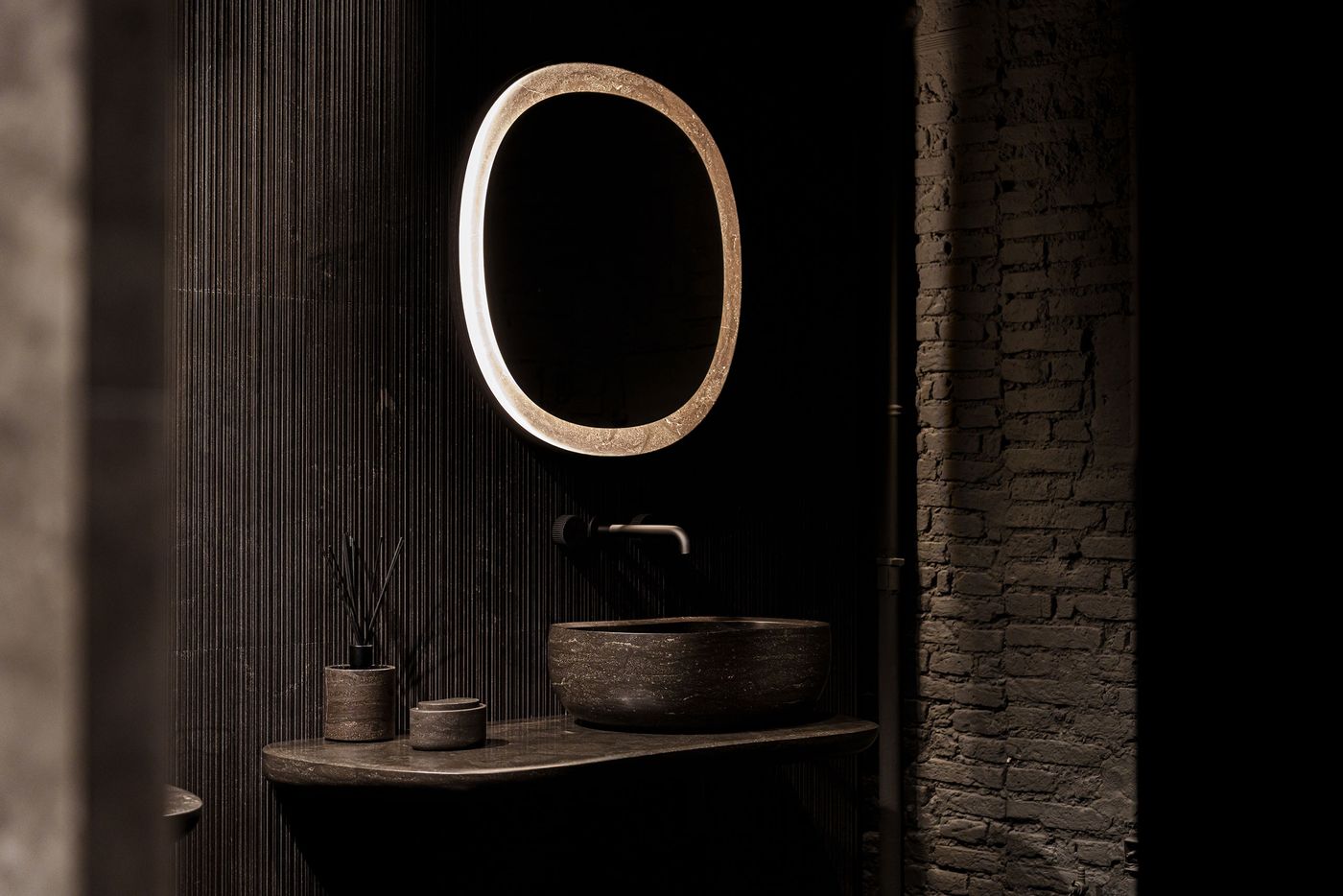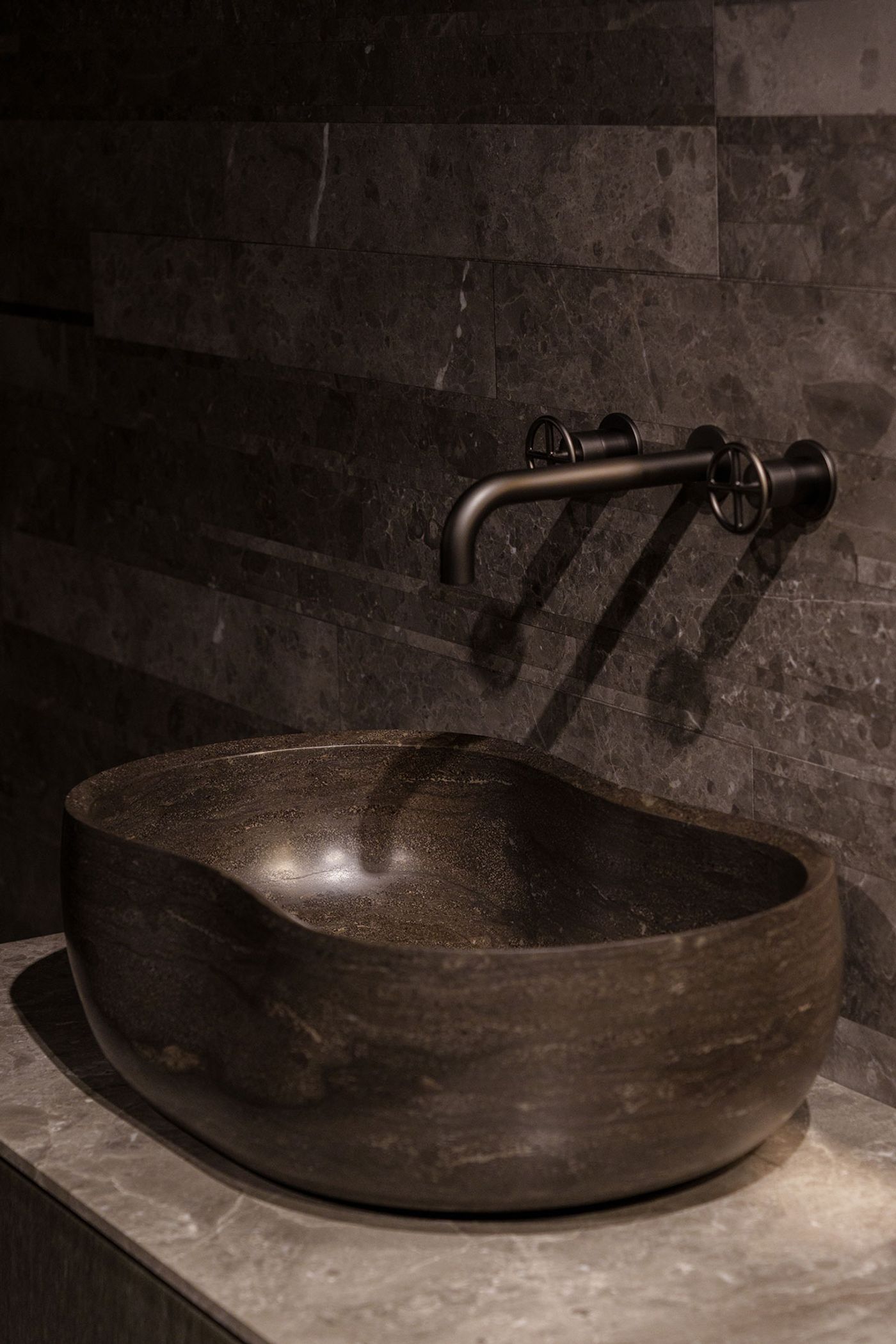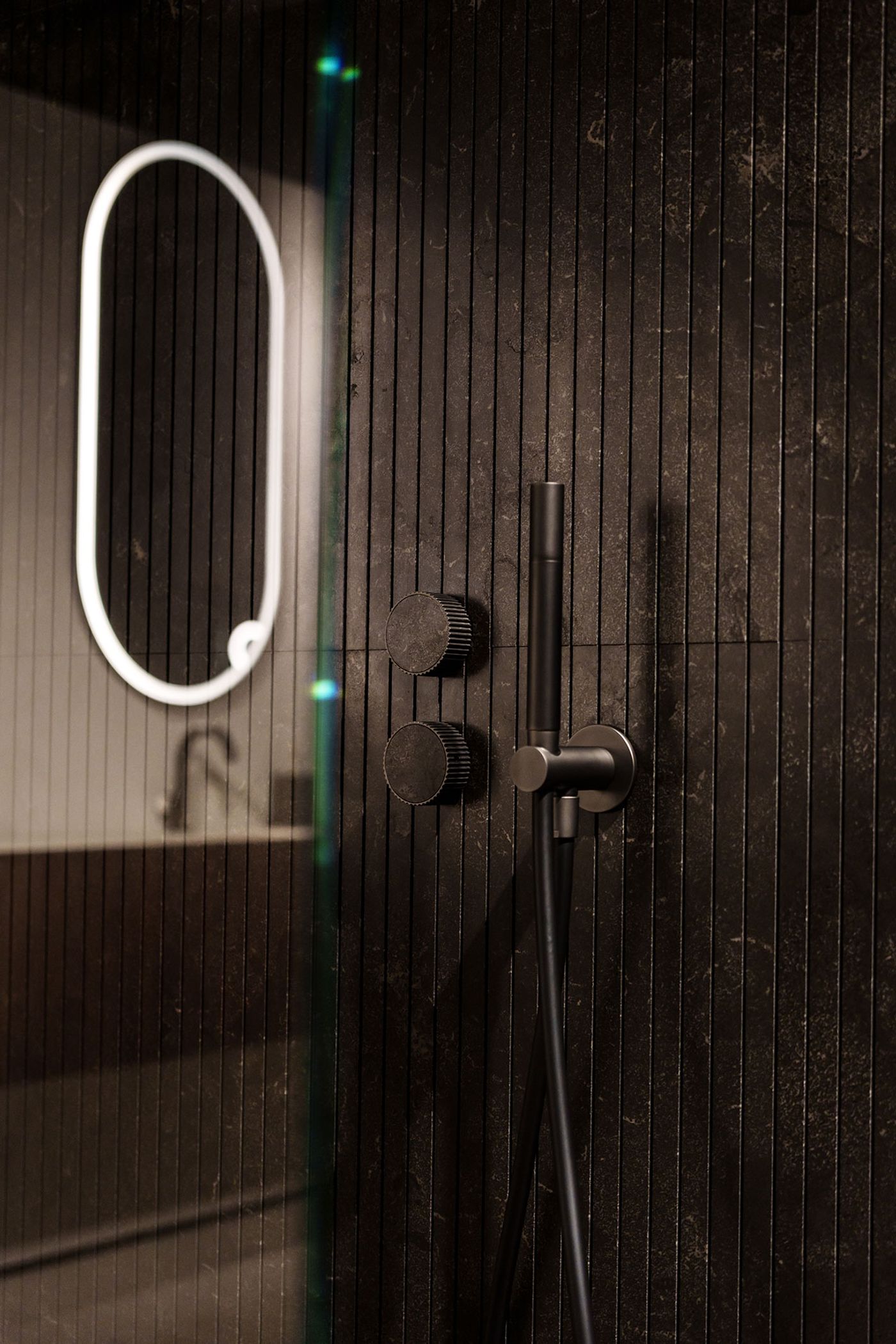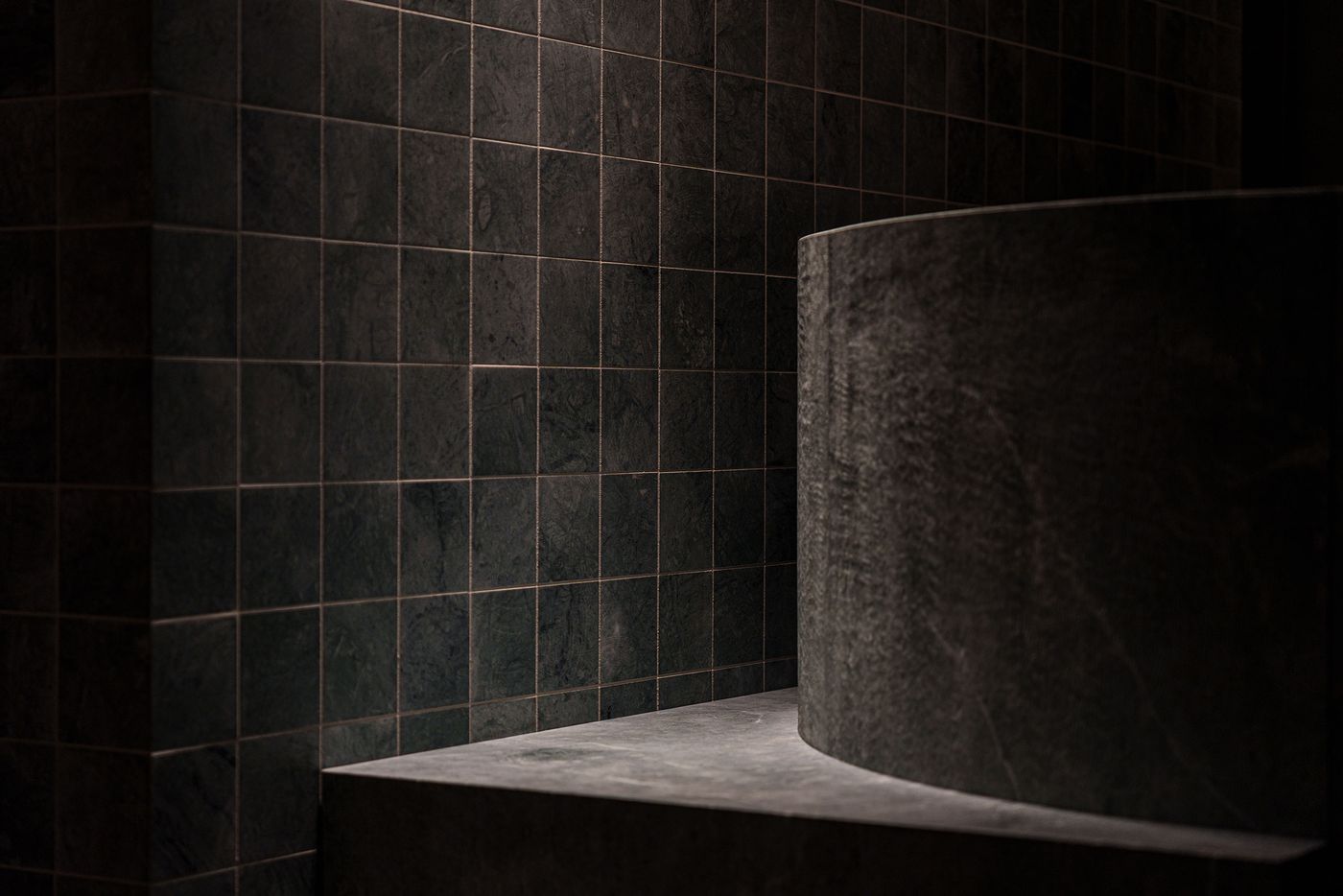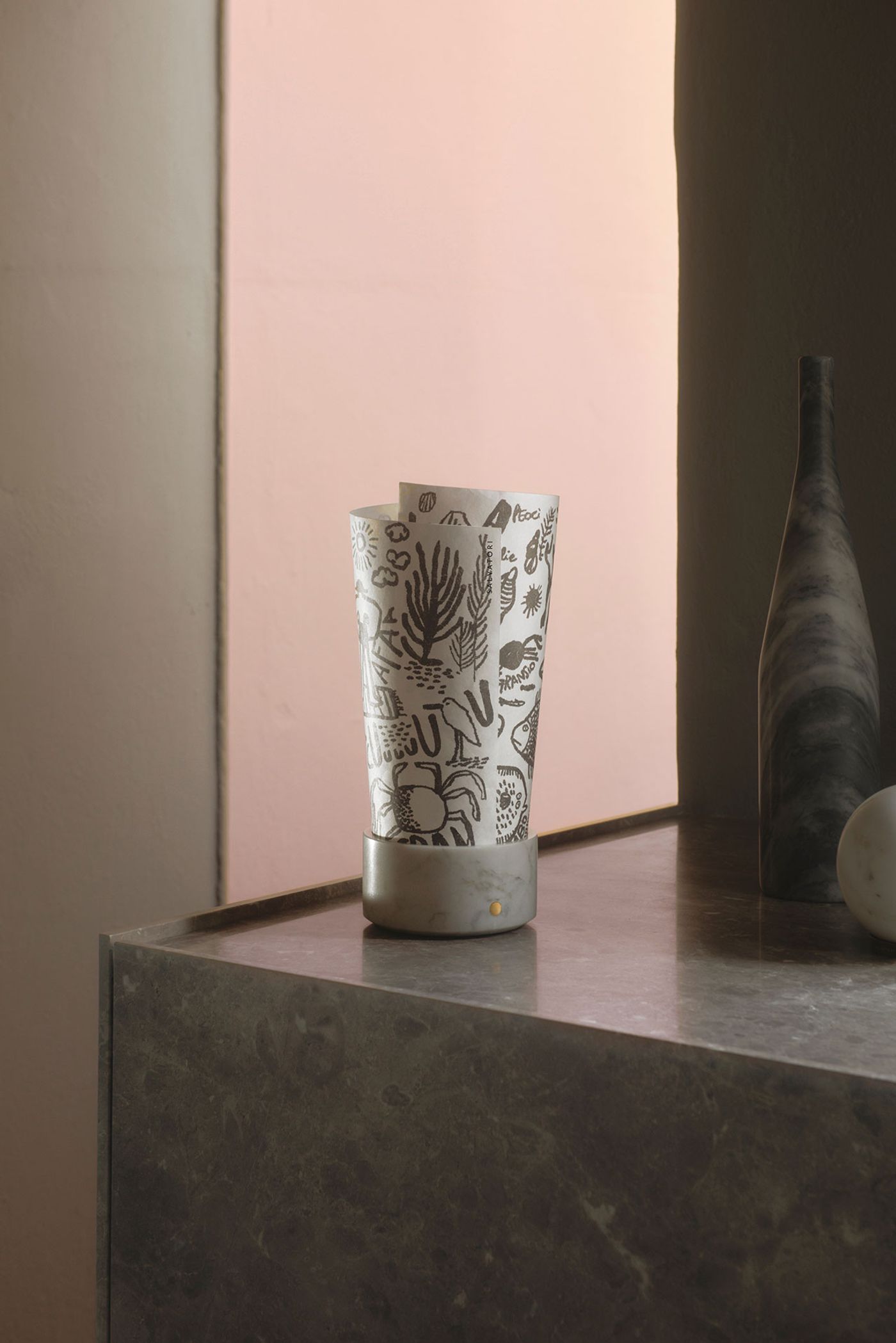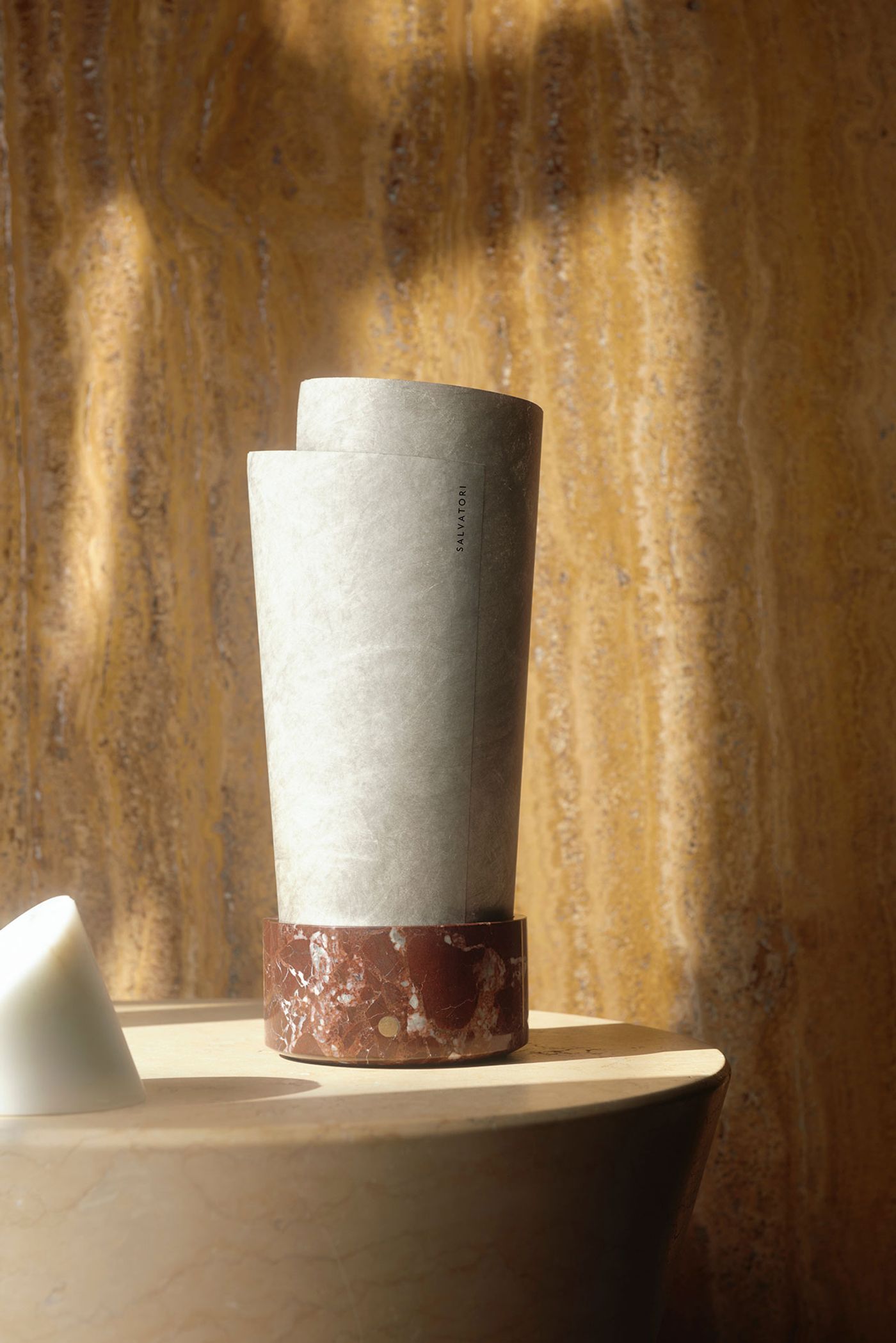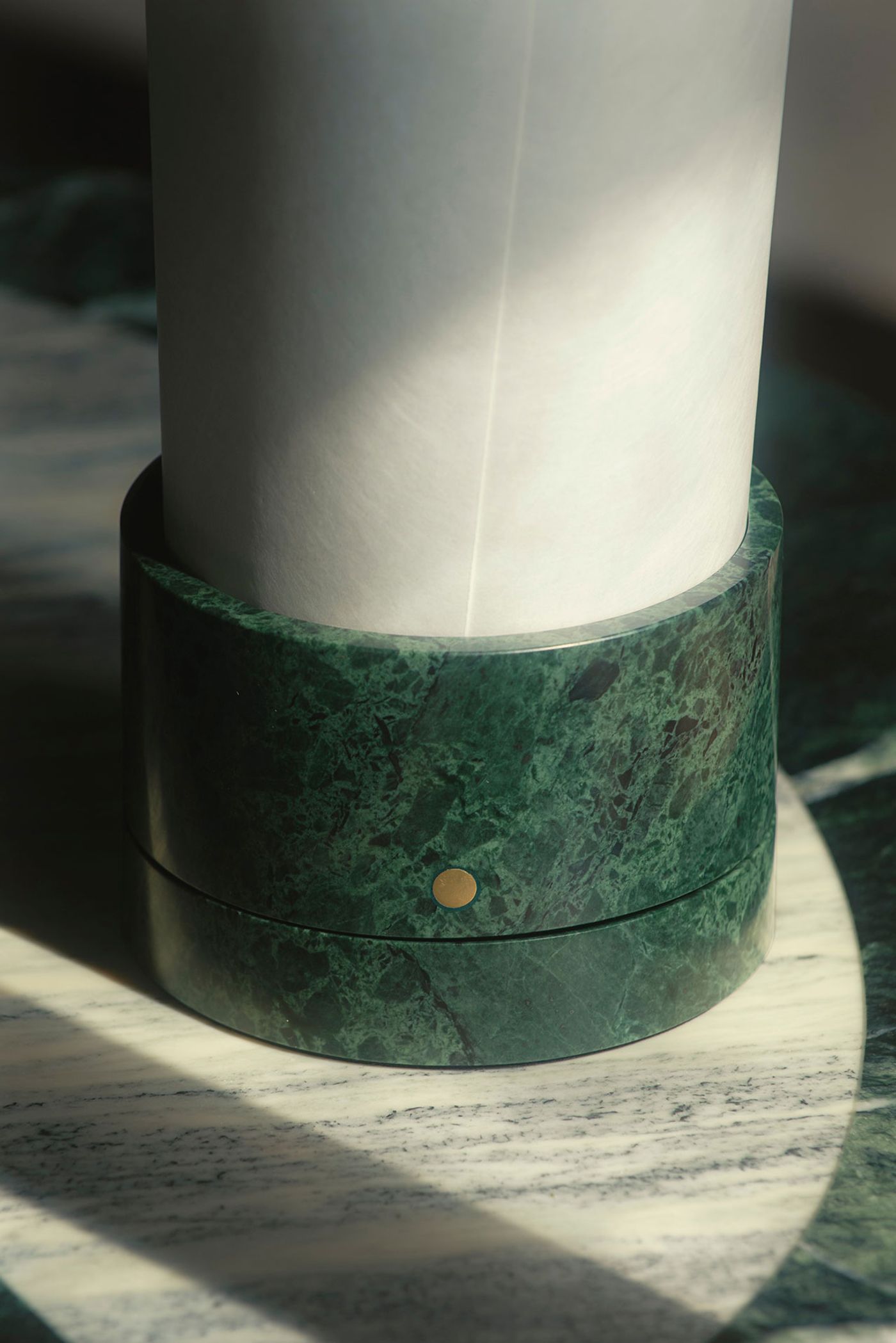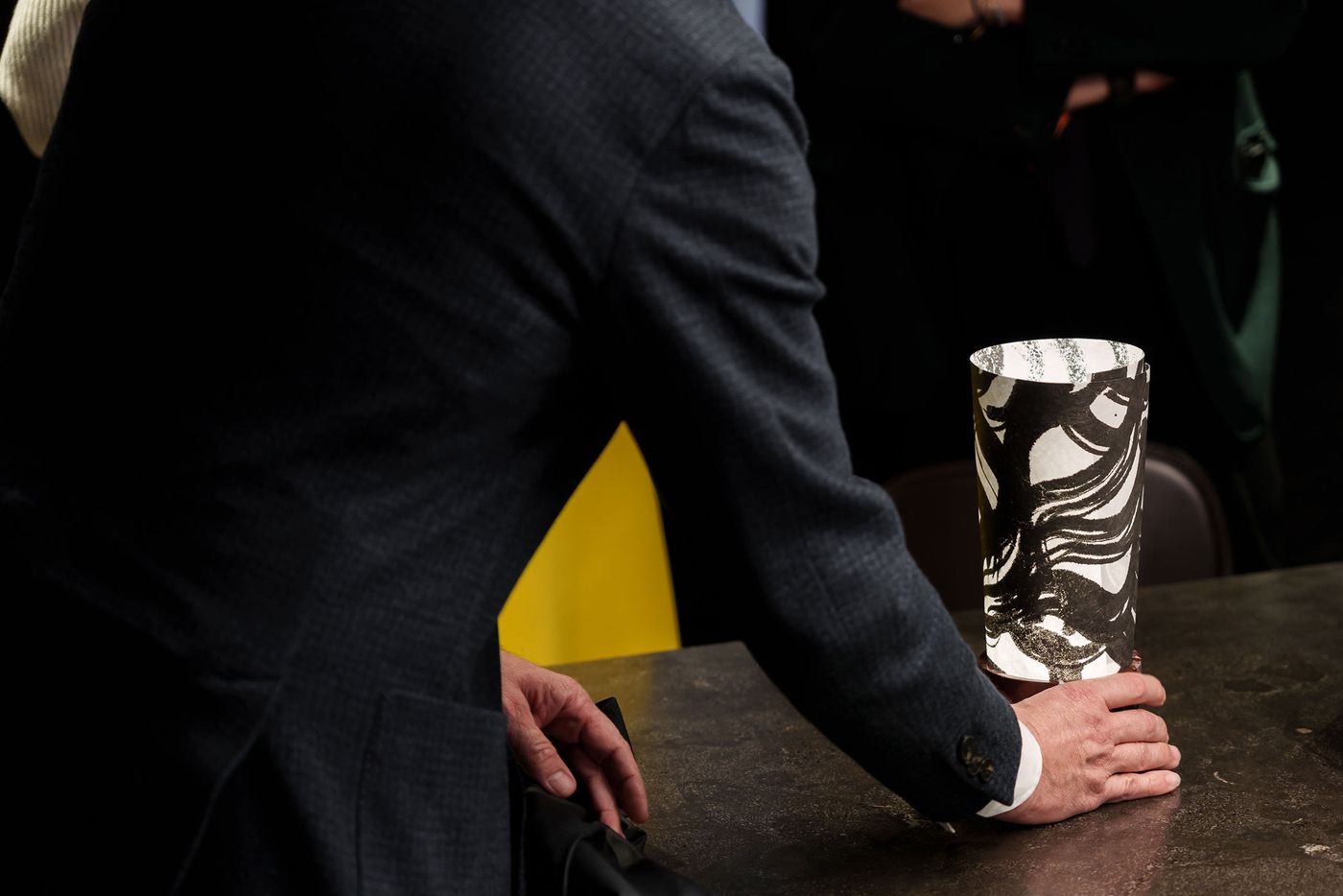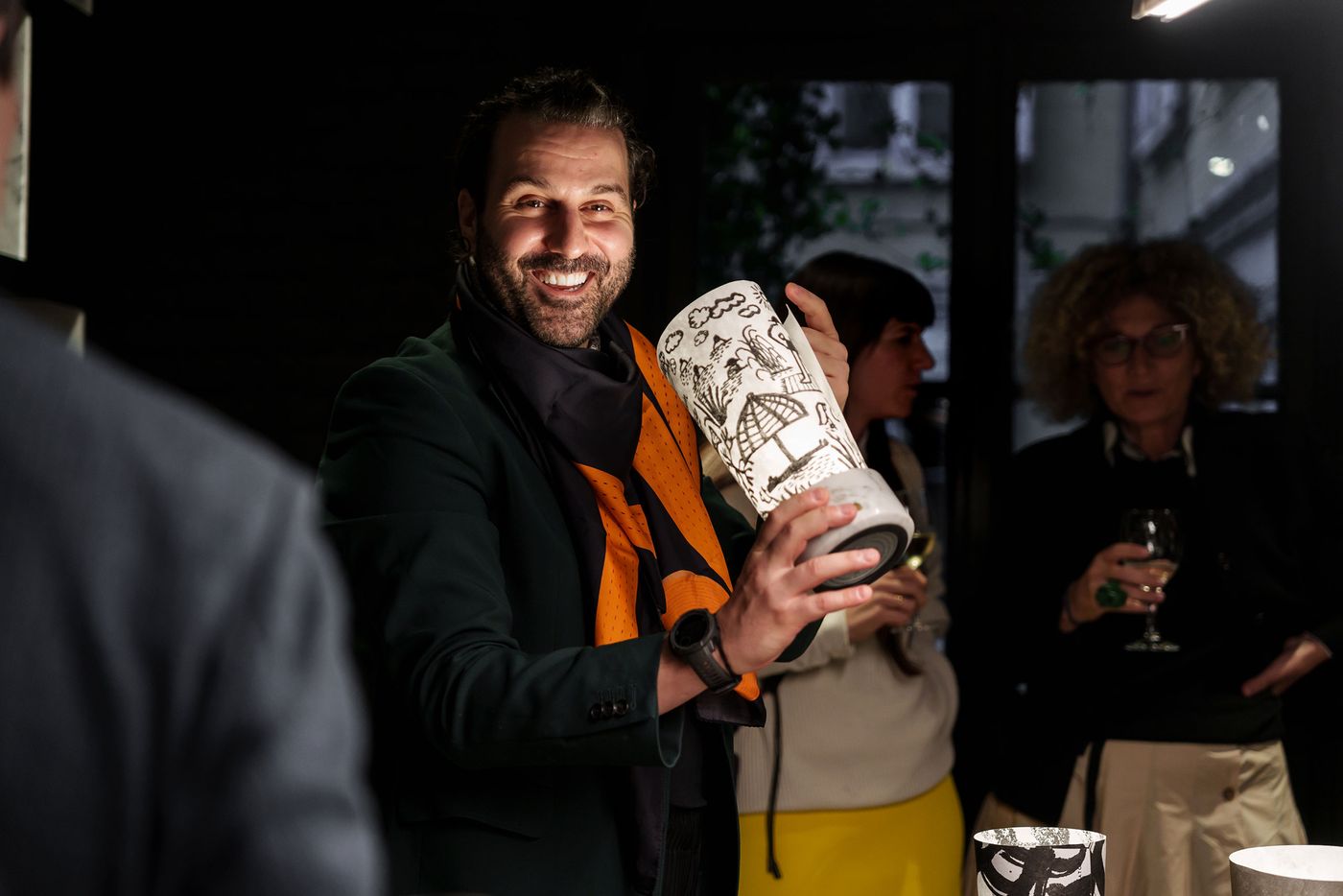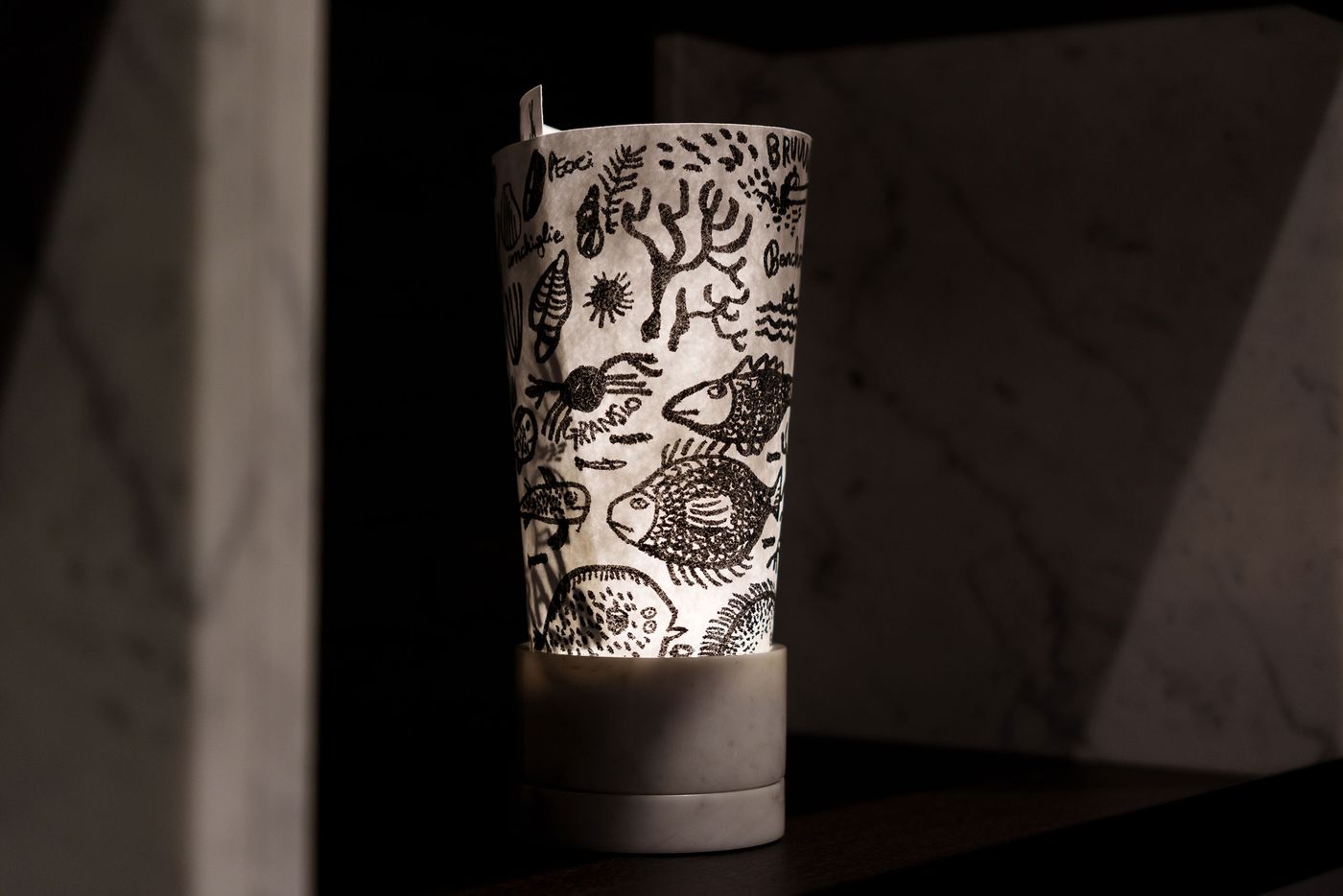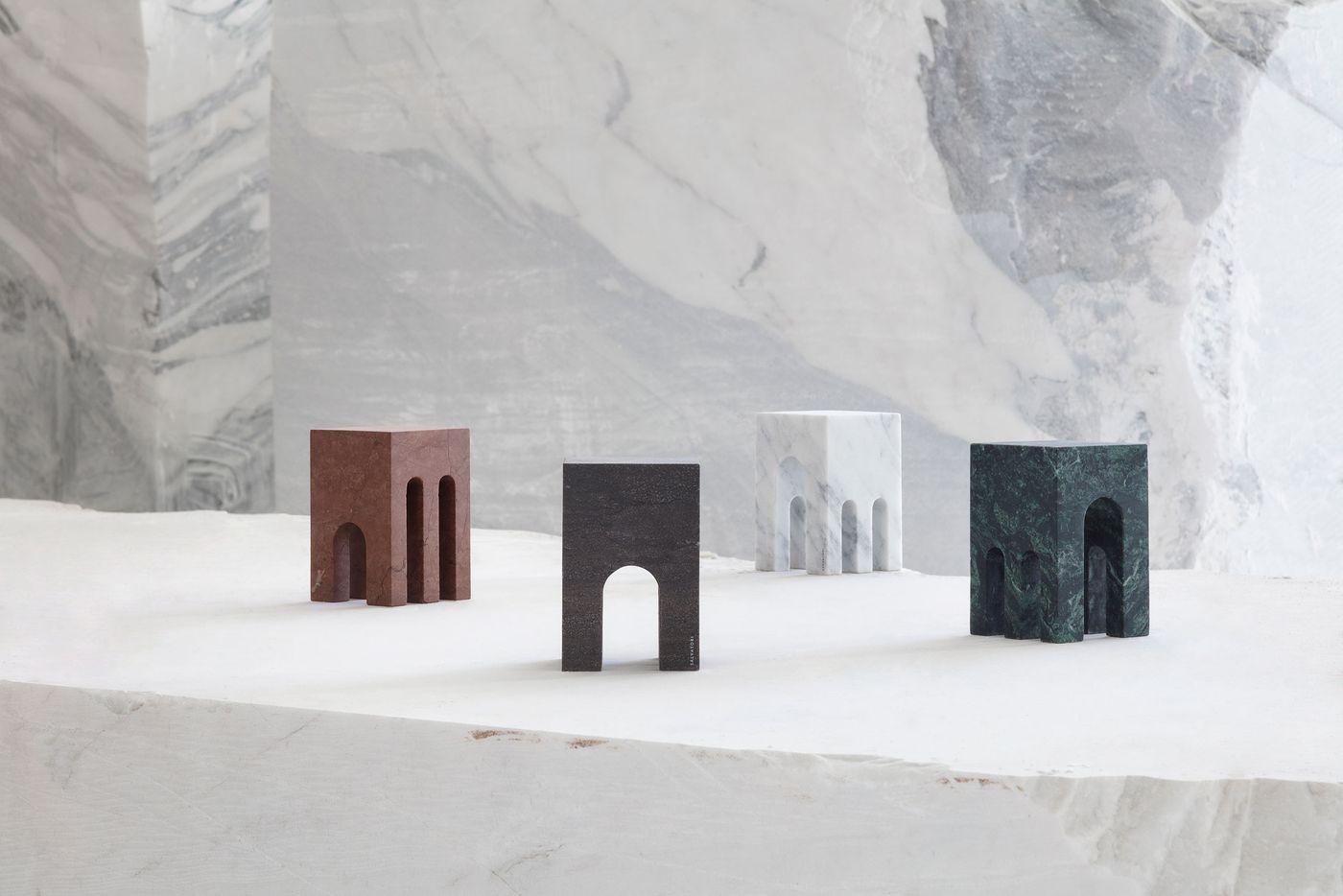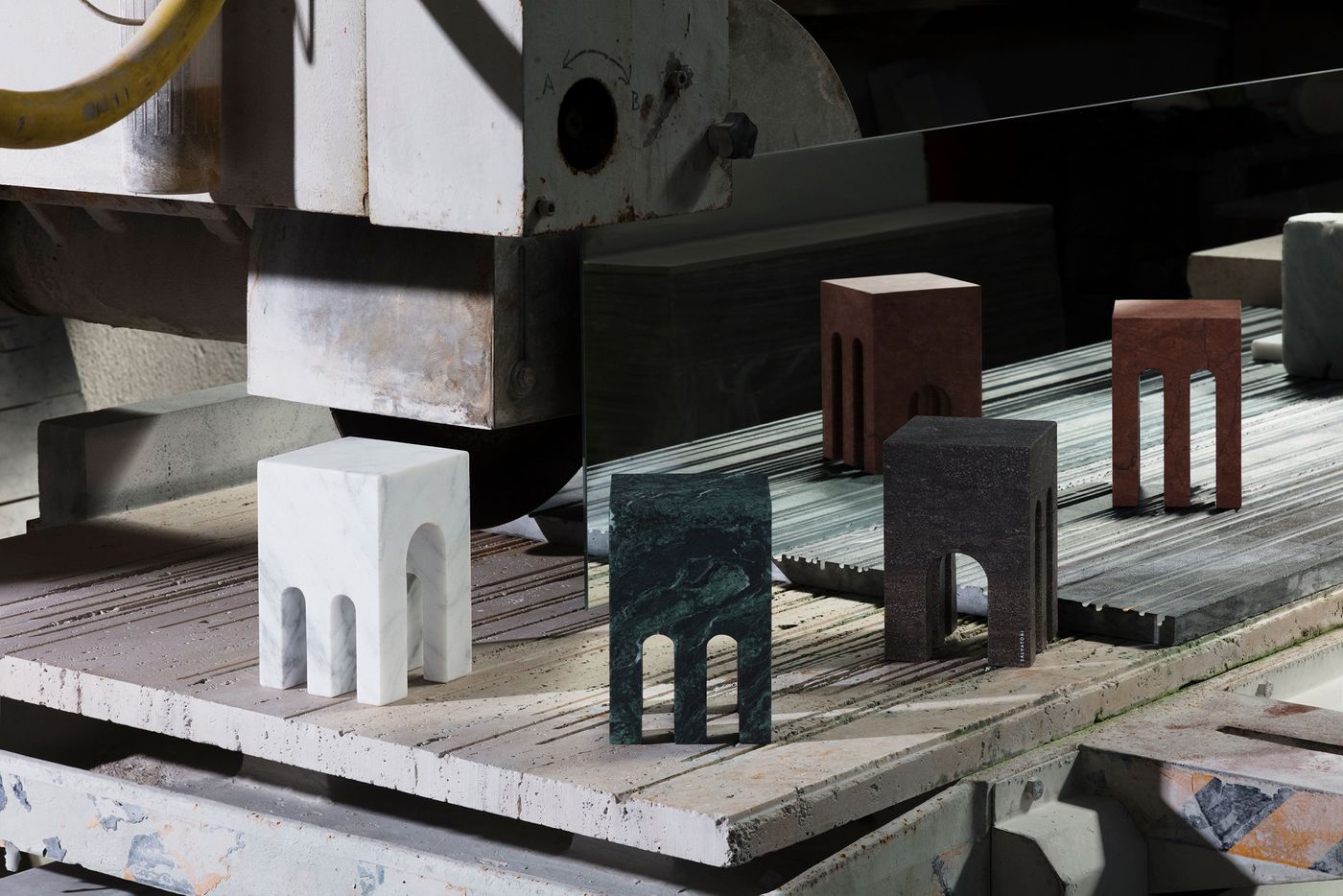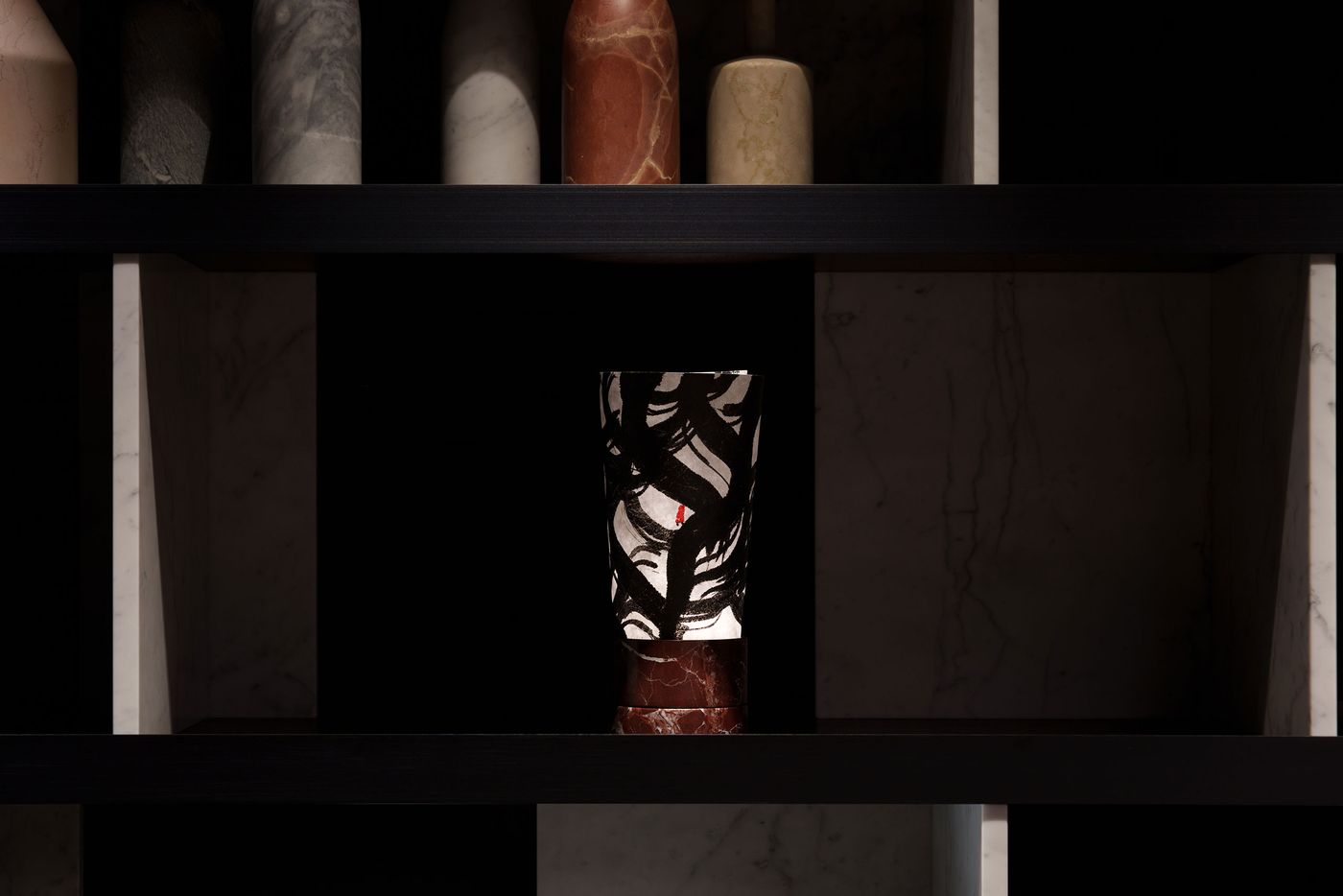
Echoes of Eternity: Exploring Salvatori’s Vision of Stone and Craftsmanship in Tuscany
Words by Yatzer
Location
Tuscany, Italy
Echoes of Eternity: Exploring Salvatori’s Vision of Stone and Craftsmanship in Tuscany
Words by Yatzer
Tuscany, Italy
Tuscany, Italy
Location
Nestled amongst the Apuan Alps of Tuscany, the Carrara marble quarries have supplied exquisite stone to the world for over two thousand years, giving rise to masterpieces that have been endlessly admired through the ages. On a rainy day in October, we set out to visit one of these quarries courtesy of Salvatori, the award-winning Italian design company that specialises in natural stone. As we ascended the winding mountain road, low-hanging clouds wrapped around us, adding an otherworldly atmosphere to our journey. The sight of the quarry, veiled in mist, with massive marble blocks waiting like silent monoliths, evoked a scene from a classic film—cinematic and grand—an apt backdrop for a company like Salvatori, celebrated for transforming natural stone into timeless, innovative pieces.
Founded in 1946 by Guido Salvatori in Querceta, located close to the famed Carrara quarries, the company has evolved from a small local business into an internationally acclaimed brand creating unique textures and products, from wall and floor treatments to furniture, lighting, and home accessories. Now run by Guido’s grandson, Gabriele Salvatori, the company is a true champion of Made in Italy values, producing all of its products locally in a way that embodies a commitment to quality and craftsmanship.
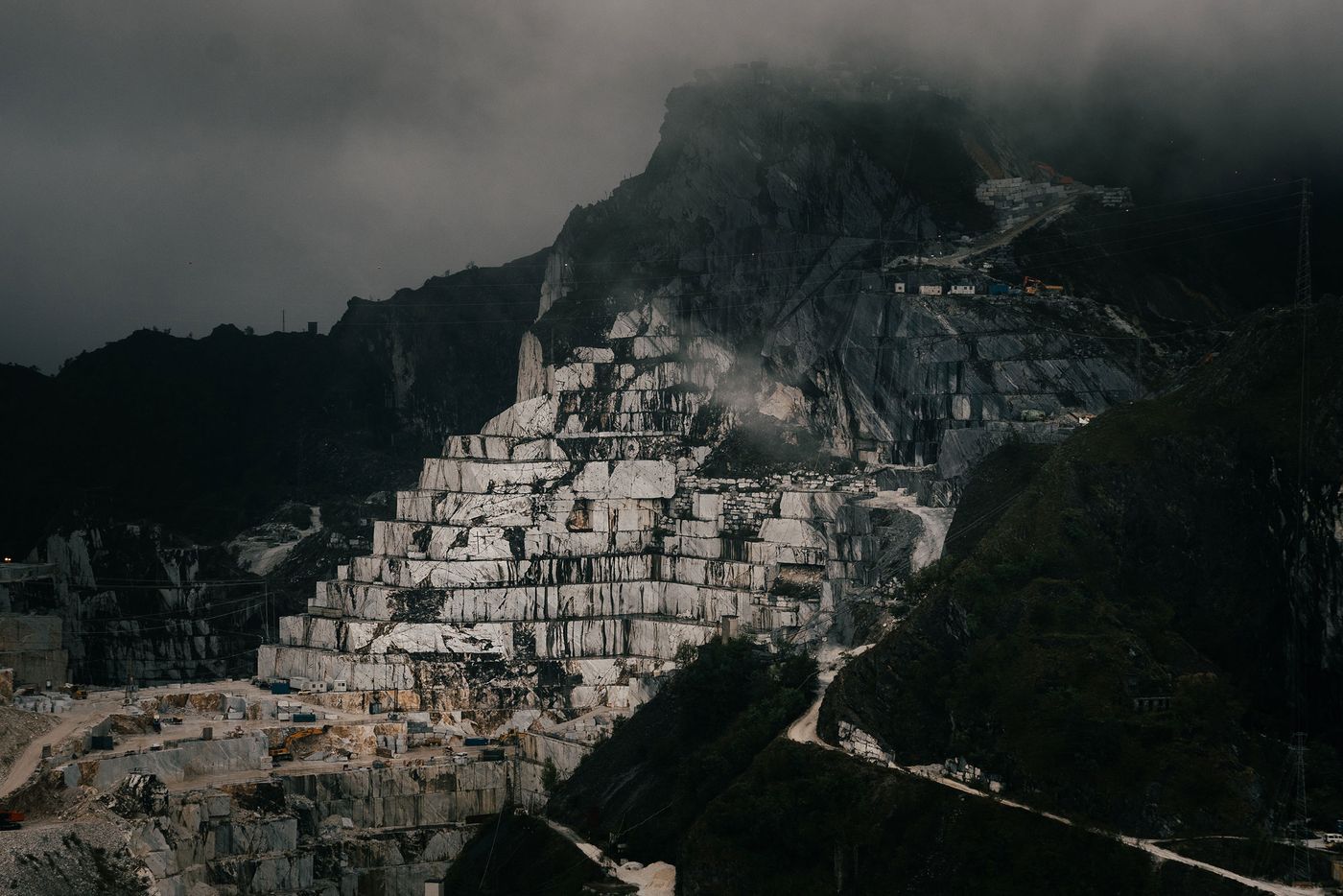
Photography by Bill Stamatopoulos.

Photography by Bill Stamatopoulos.

Photography by Bill Stamatopoulos.
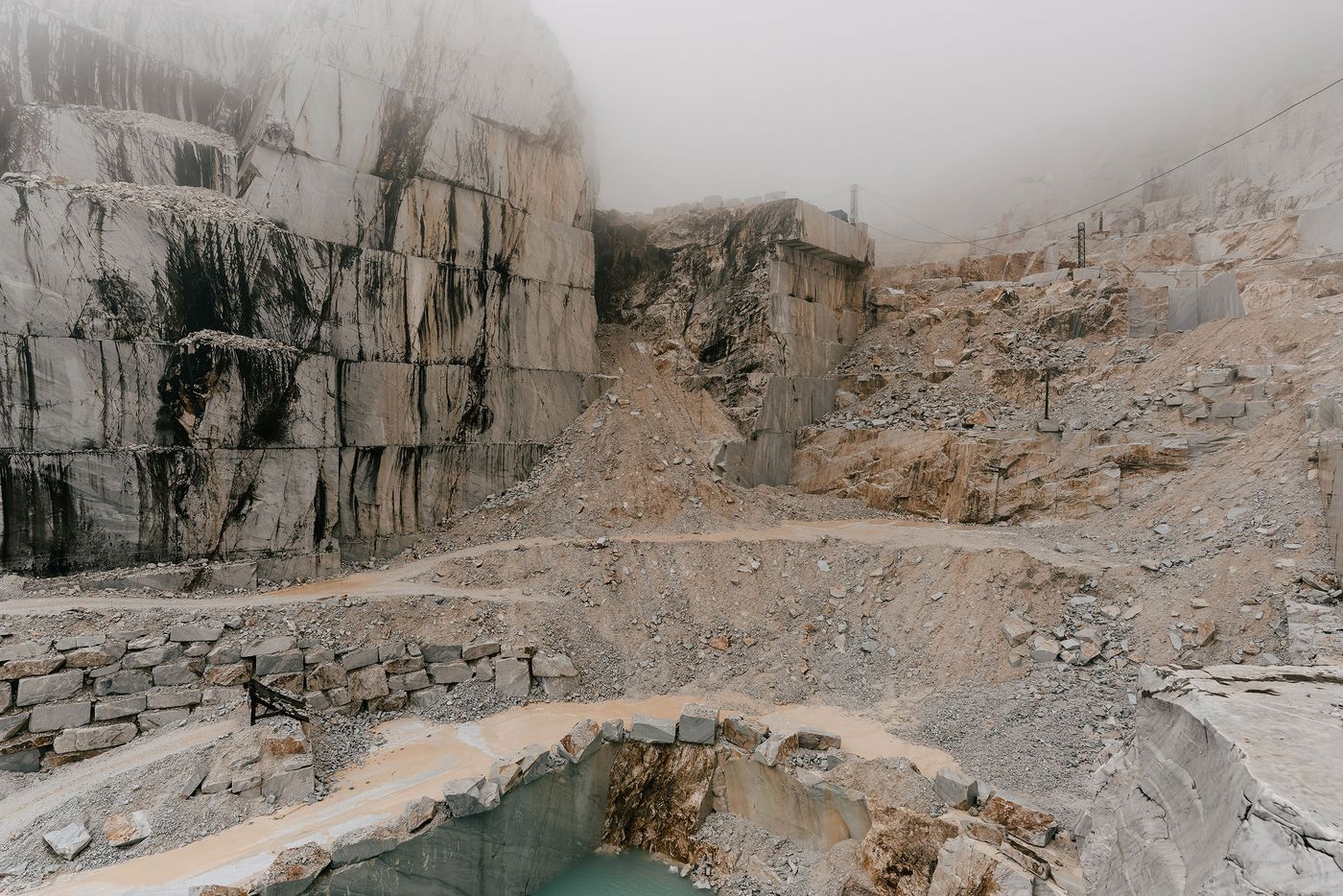
Photography by Bill Stamatopoulos.
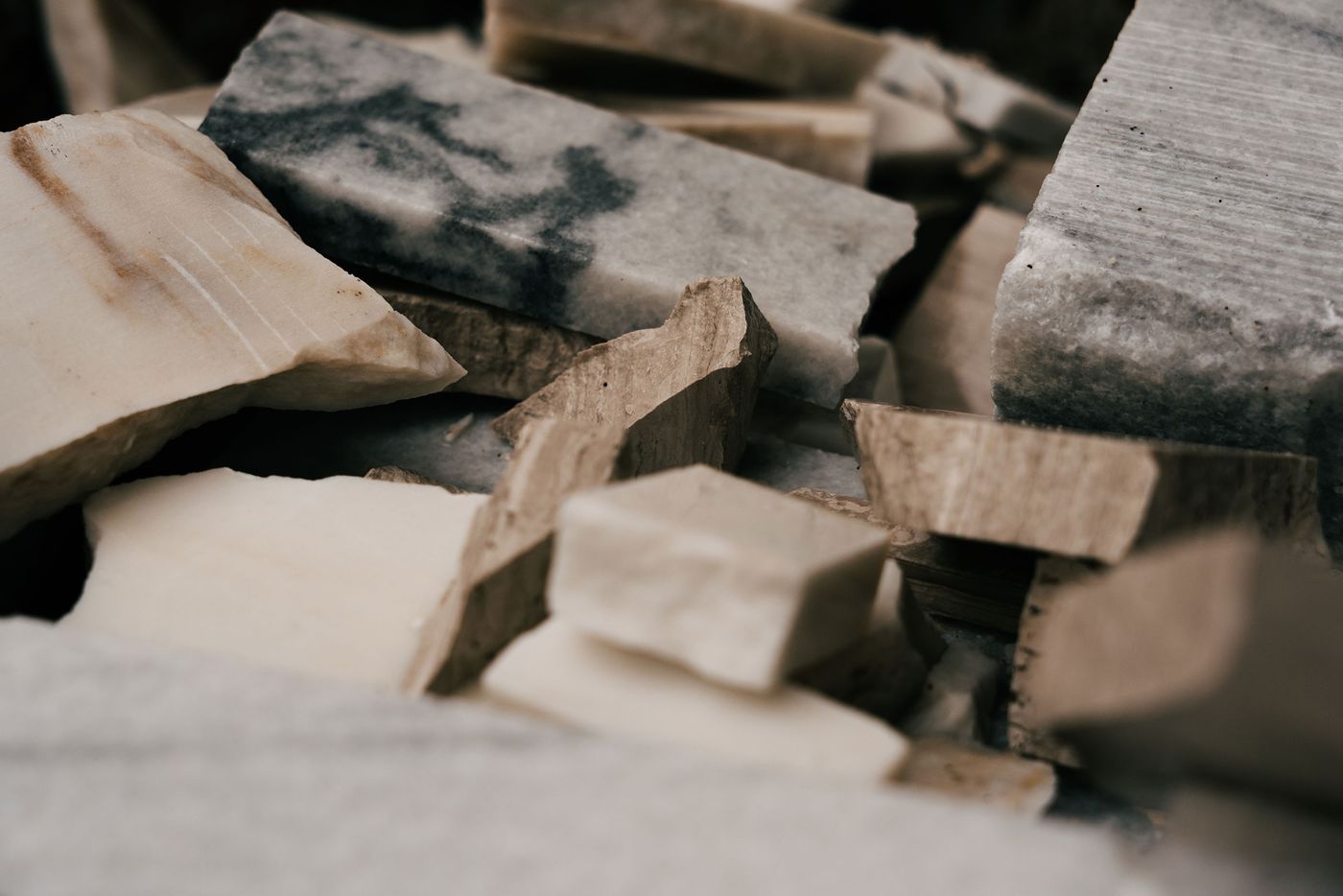
Photography by Bill Stamatopoulos.
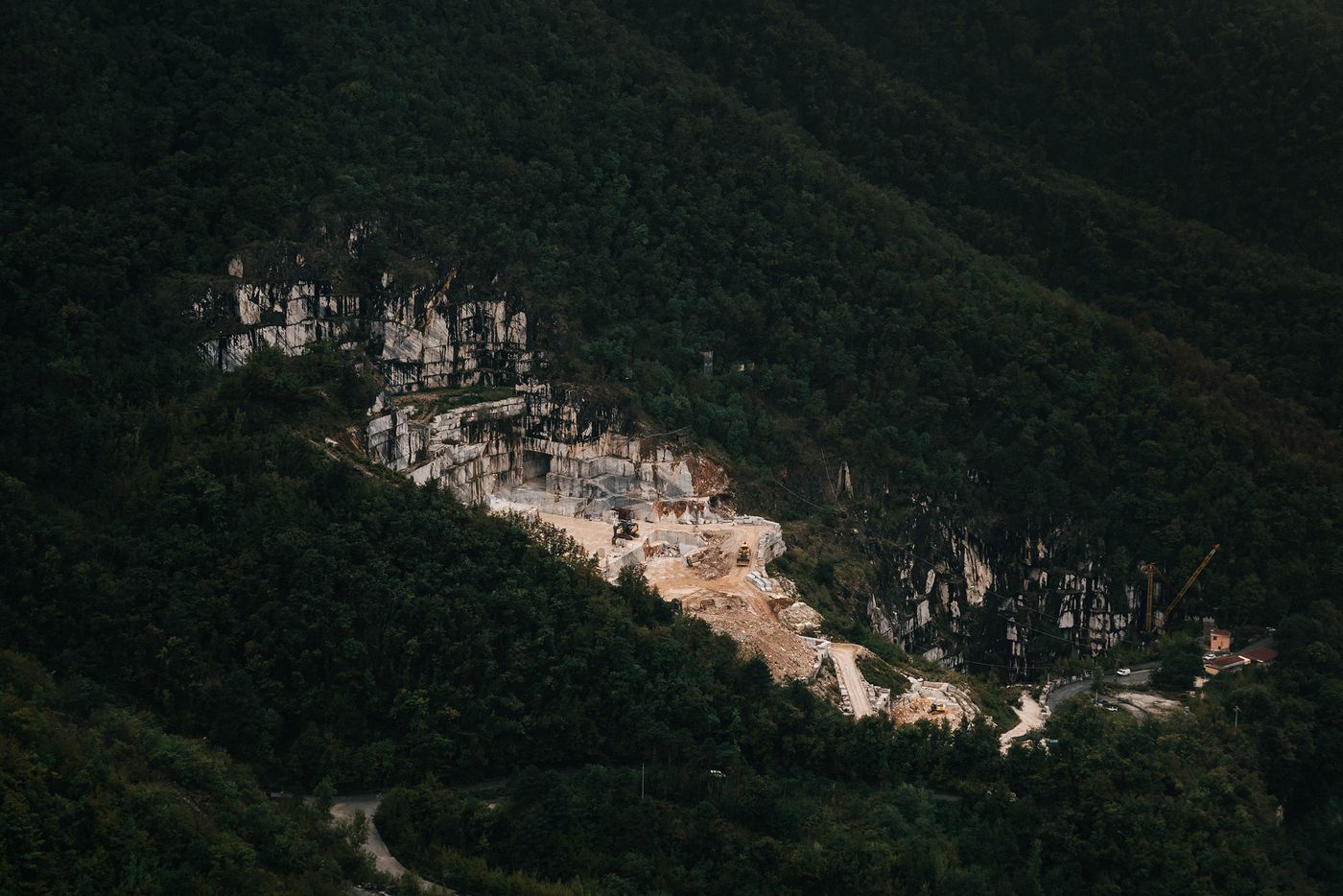
Photography by Bill Stamatopoulos.
Guided by a dedication to both tradition and innovation, the company marries age-old craftsmanship with modern design principles. Many of the company’s machines, essential for crafting their distinctive textures, were developed by Gabriele Salvatori and his father, Alfredo. Walking through the manufacturing facility, one senses Salvatori’s profound reverence for stone, evident in the meticulous precision and care that each artisan invests in every piece, whether carved from Bianco Carrara, Gris du Marais, or limestone. The brand focuses on a carefully curated colour palette ranging from white to cream, grey, and black, selected for both aesthetic and technical reasons—these materials are more resilient during precision cutting and intricate texturing and therefore can withstand the rigorous processing required for Salvatori’s detailed designs.
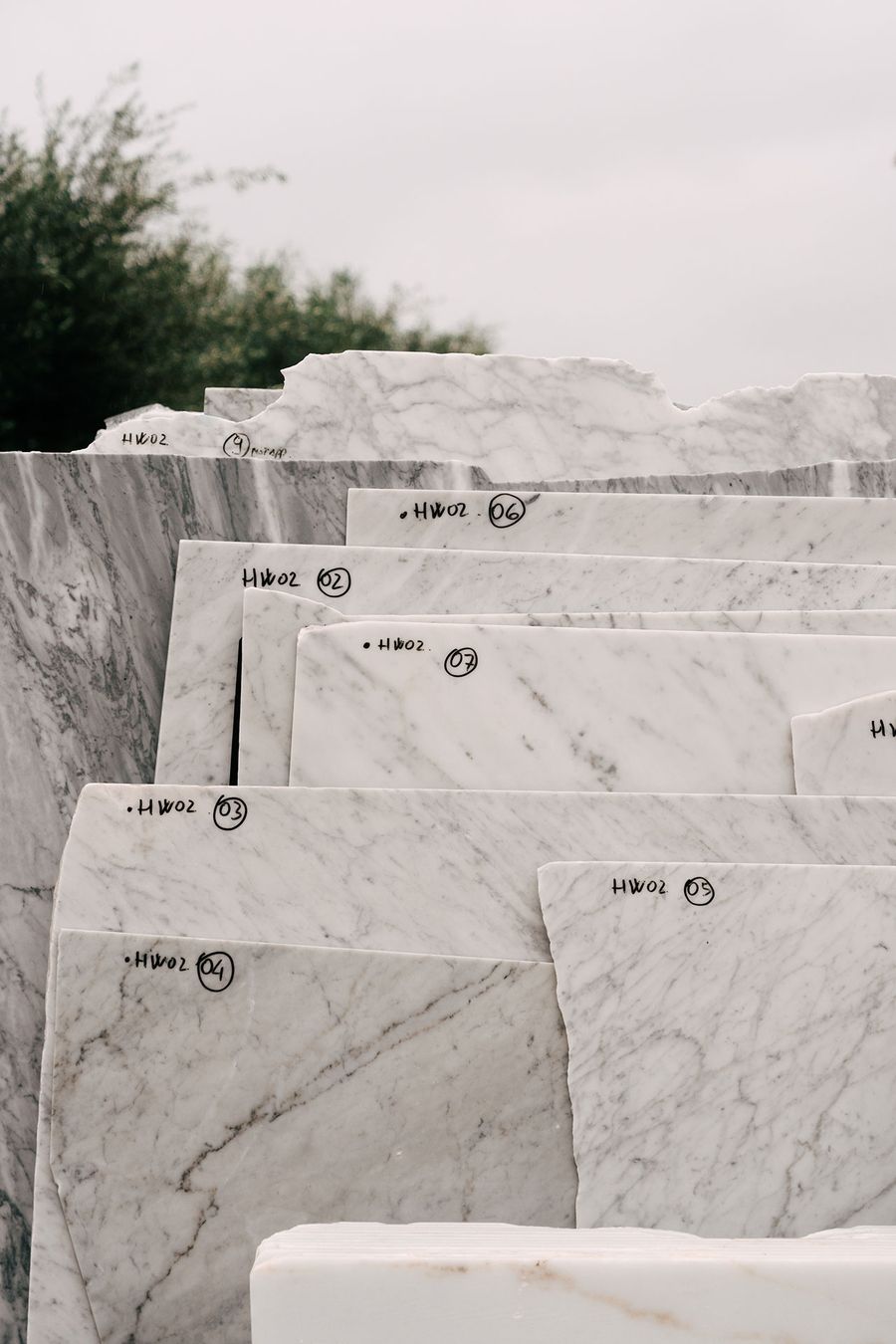
Photography by Bill Stamatopoulos.
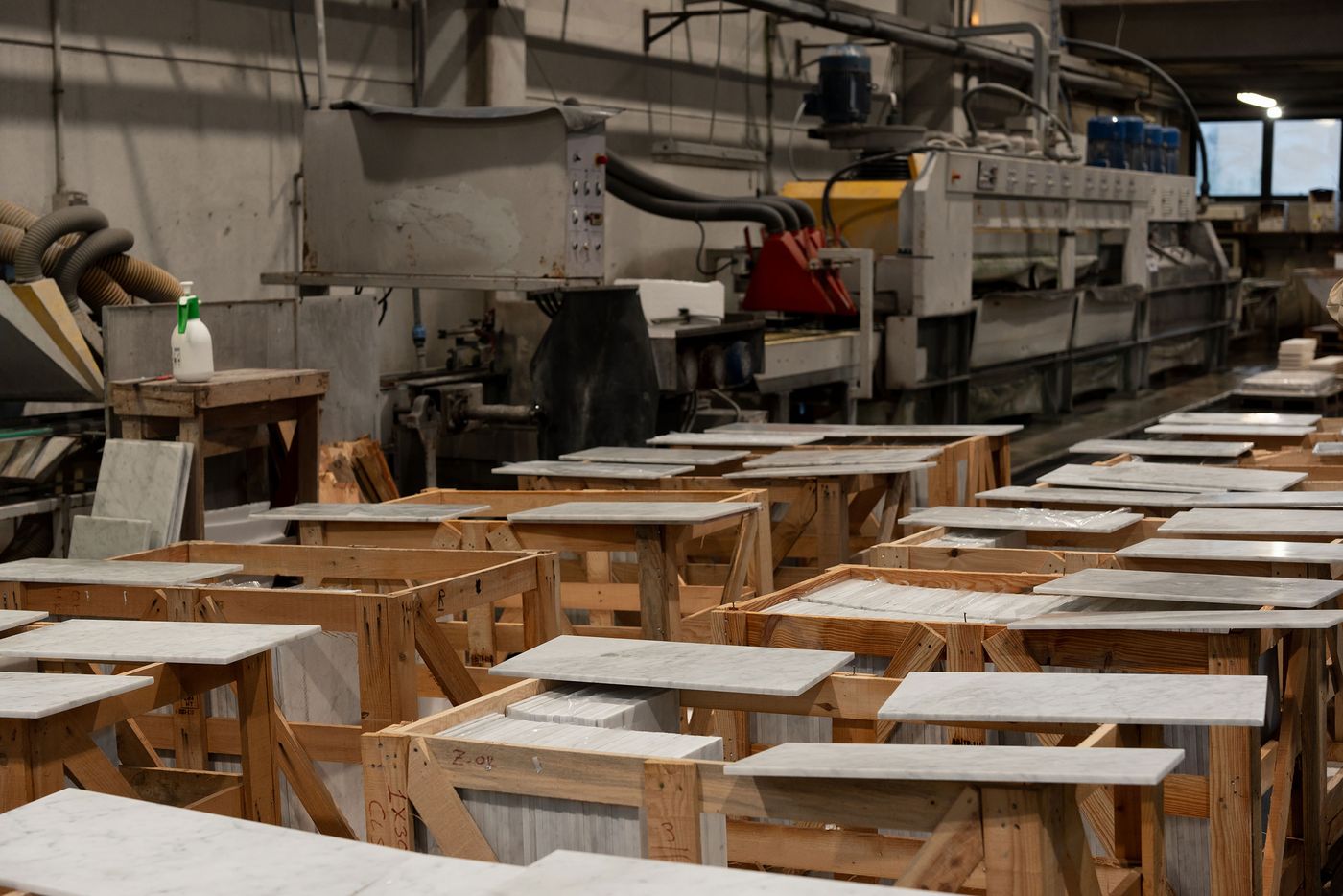
Photography by Bill Stamatopoulos.
At the core of everything that Salvatori does is a deep-rooted passion for the inherent beauty of natural stone and an inherent respect for its defining characteristic: no two pieces are ever identical, meaning each product carries its own unique history.
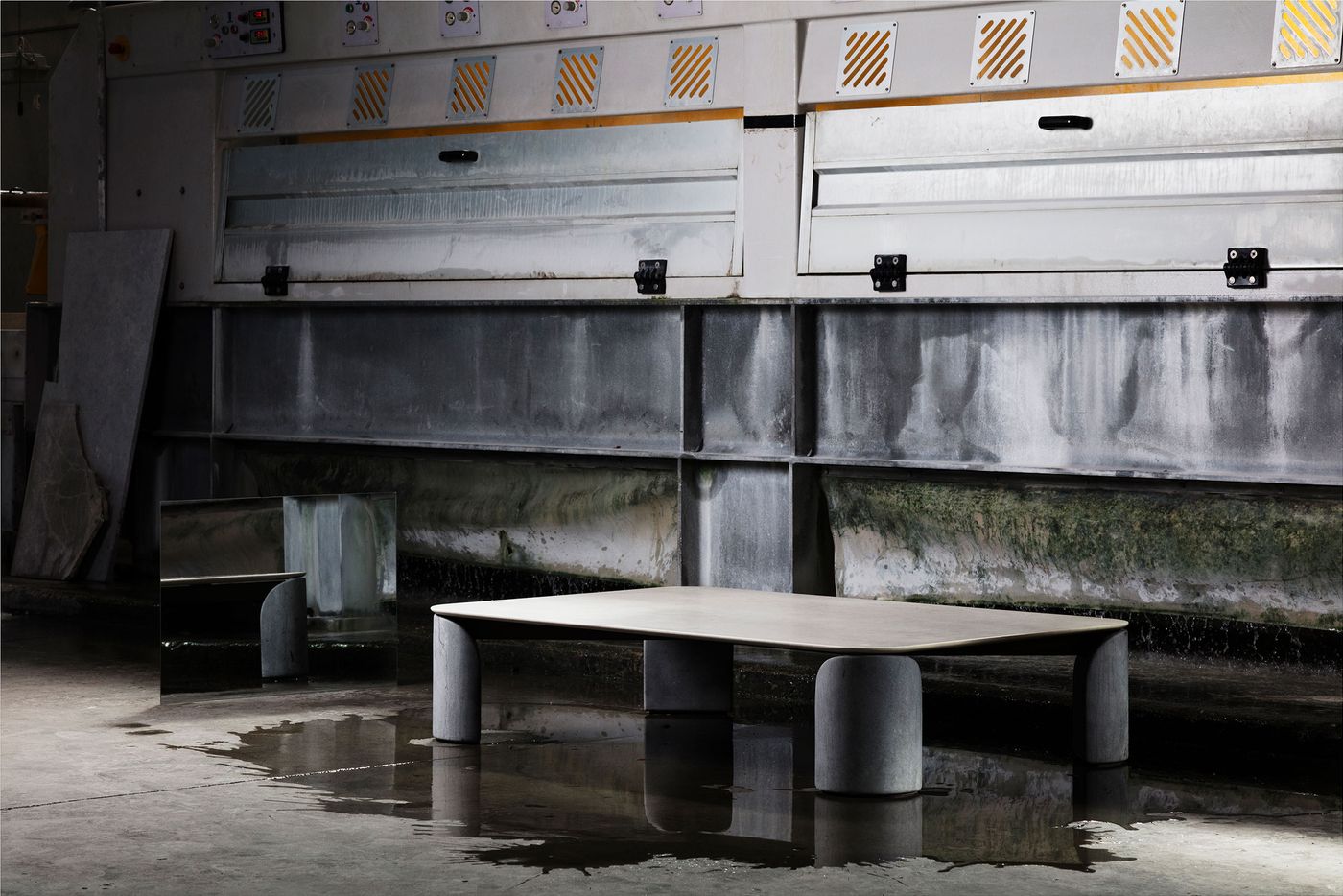
Taula Coffee table by Patricia Urquiola in Crema d'Orcia / Pietra d'Avola.
55.1 x 35.4 x 11.8 in.
Photography by Lea Anouchinsky & Alberto Carlo Macchi.
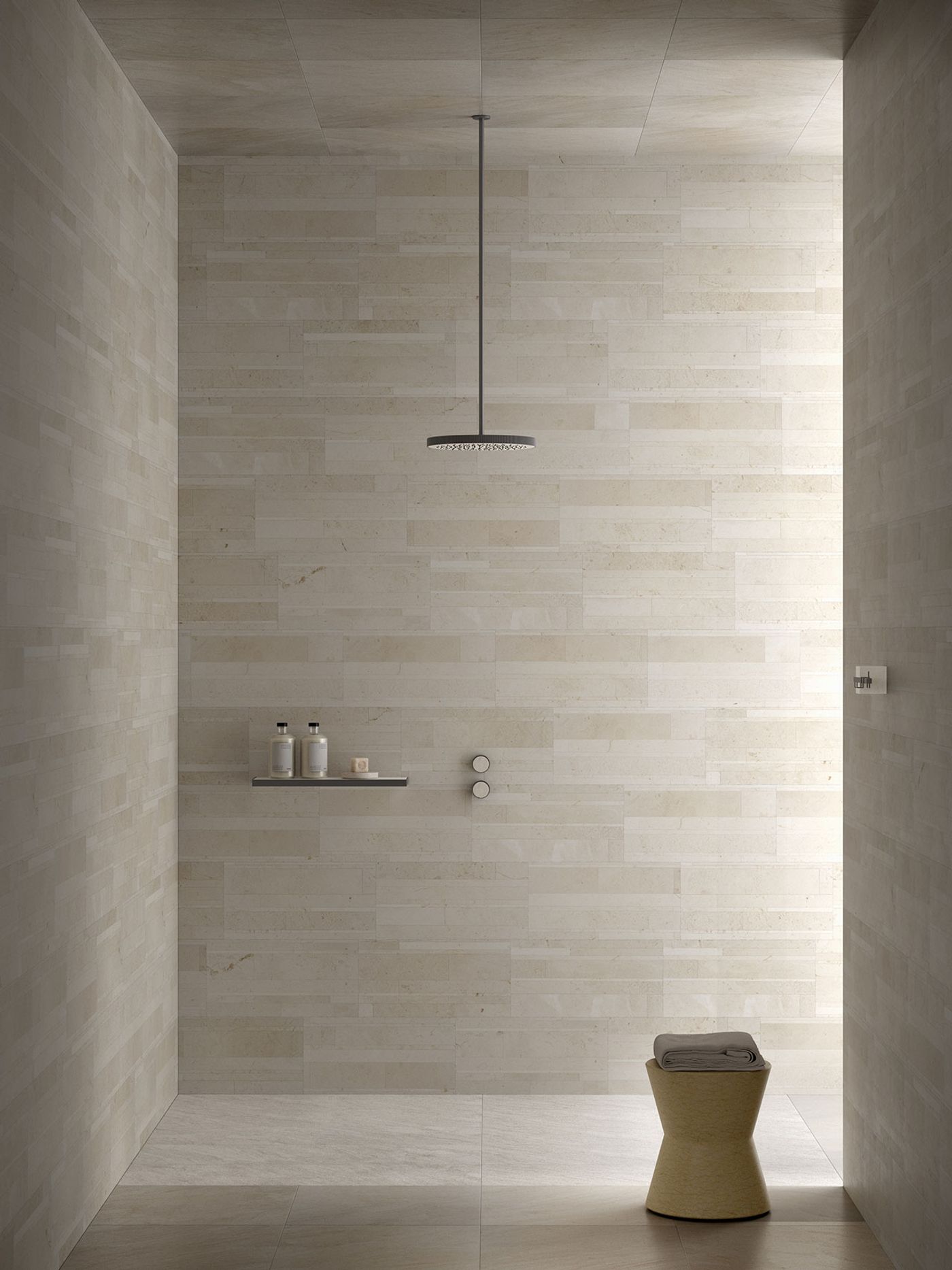
Crema d'Orcia, Lithoverde® Collection.
© Salvatori.
A particular point of pride for Salvatori is Lithoverde®, the world’s first recycled stone texture, created in 2010. Salvatori’s environmental ethos shines through in this innovation, designed to reduce waste by repurposing stone offcuts that would otherwise be destined to join a landfill—Lithoverde® is composed of 99% discarded stone, with a natural resin binder making up the remaining 1%. Assembled into large blocks, much like Jenga pieces, and then sliced into slabs, the final product is unique in its texture and natural variations, making each piece a one-of-a-kind testament to sustainable craftsmanship. In a notable showcase, John Pawson used Lithoverde® for his acclaimed House of Stone installation, exhibited at the 2010 Salone del Mobile, underscoring the material’s potential to marry sustainability with high design.
John Pawson’s collaboration with Salvatori exemplifies the company’s approach to working with acclaimed designers, including Piero Lissoni, Elisa Ossino, Patricia Urquiola, and Yabu Pushelberg, among others, to craft pieces that emphasize clean lines and celebrate the natural beauty of stone. These collaborations allow Salvatori to push boundaries, combining the designers' creativity with the skill and precision of Salvatori’s artisans, resulting in pieces that are as sophisticated as they are innovative.
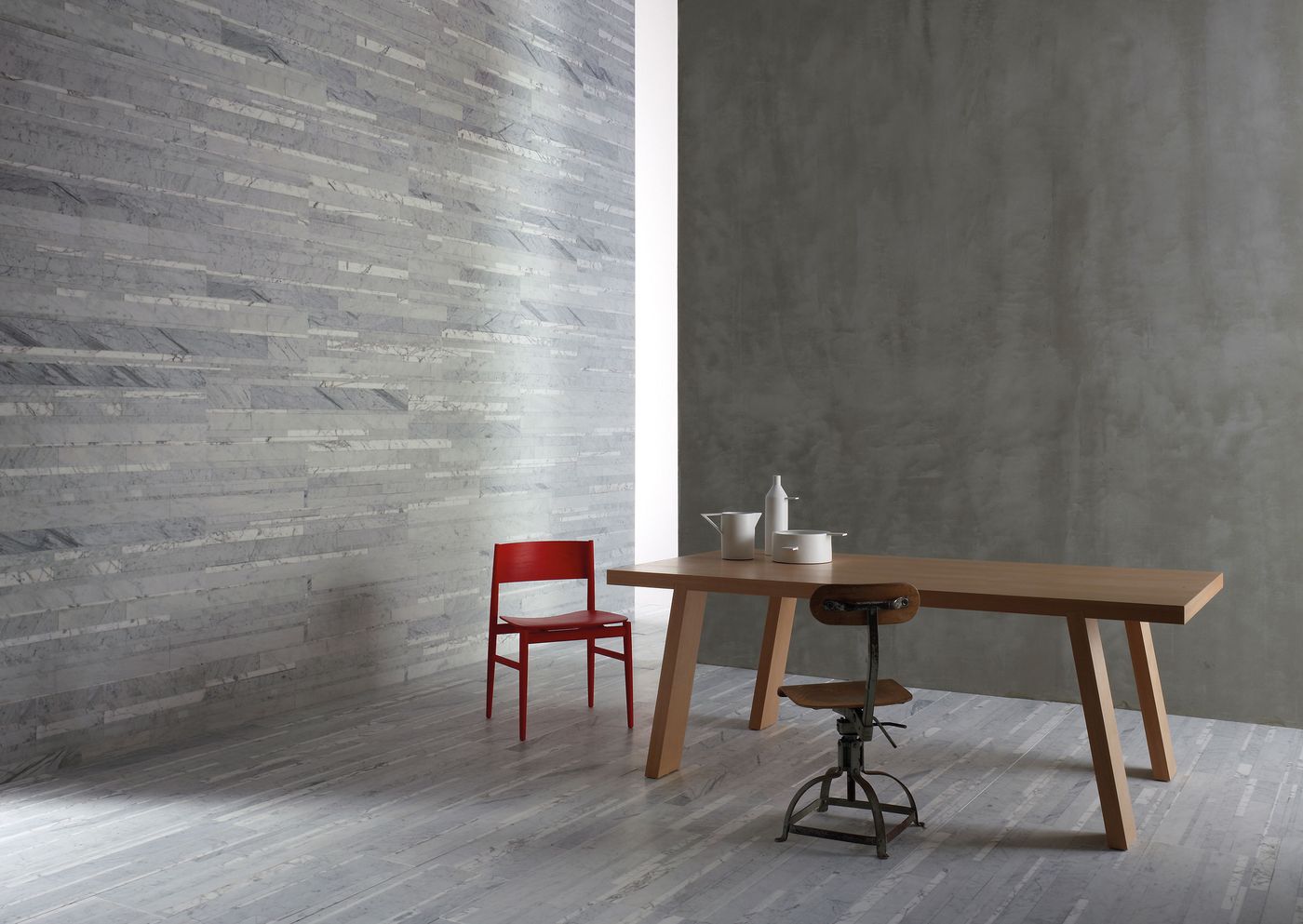
Bianco Carrara, Lithoverde® Collection.
© Salvatori.
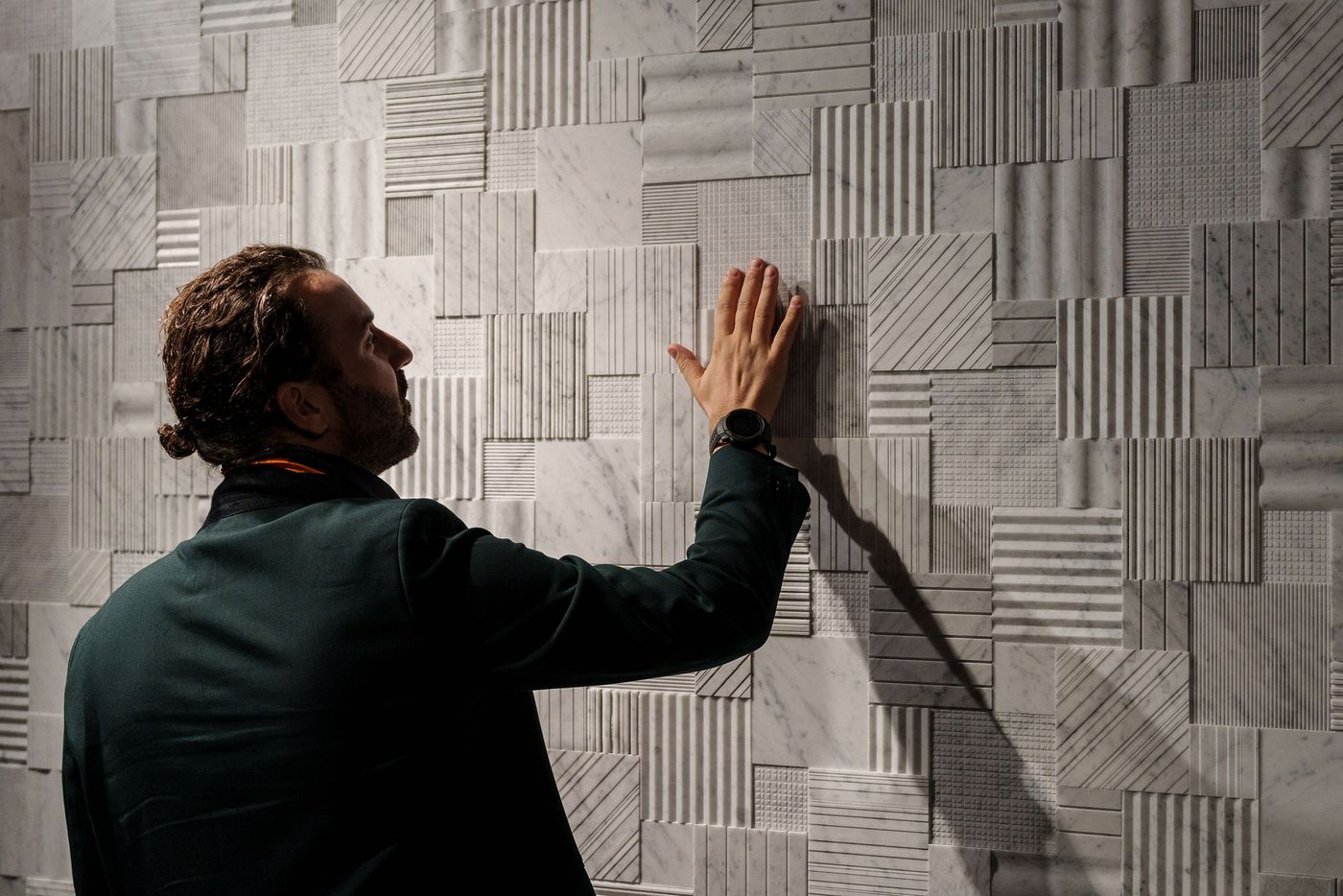
Photography by Bill Stamatopoulos.
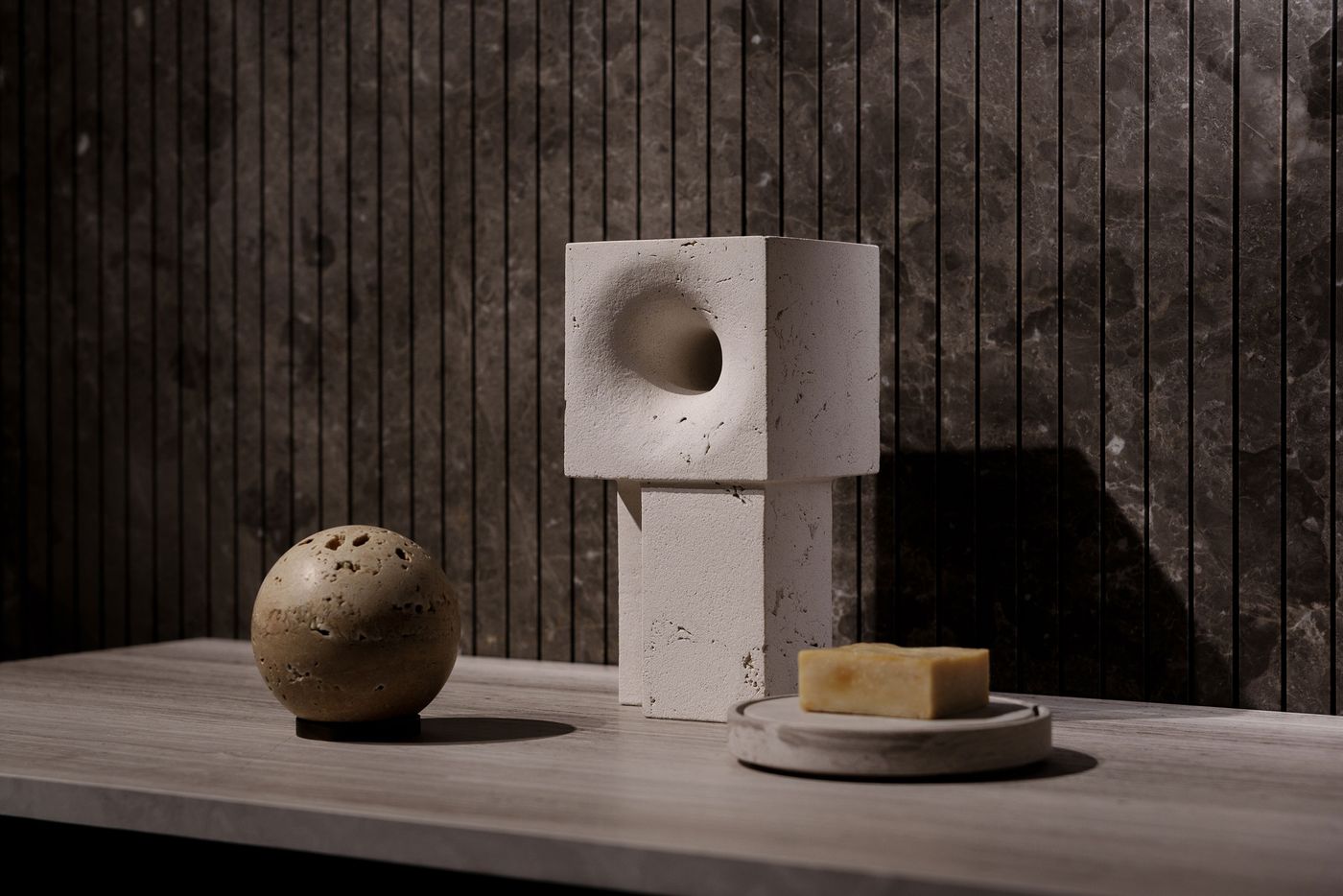
Photography by Bill Stamatopoulos.
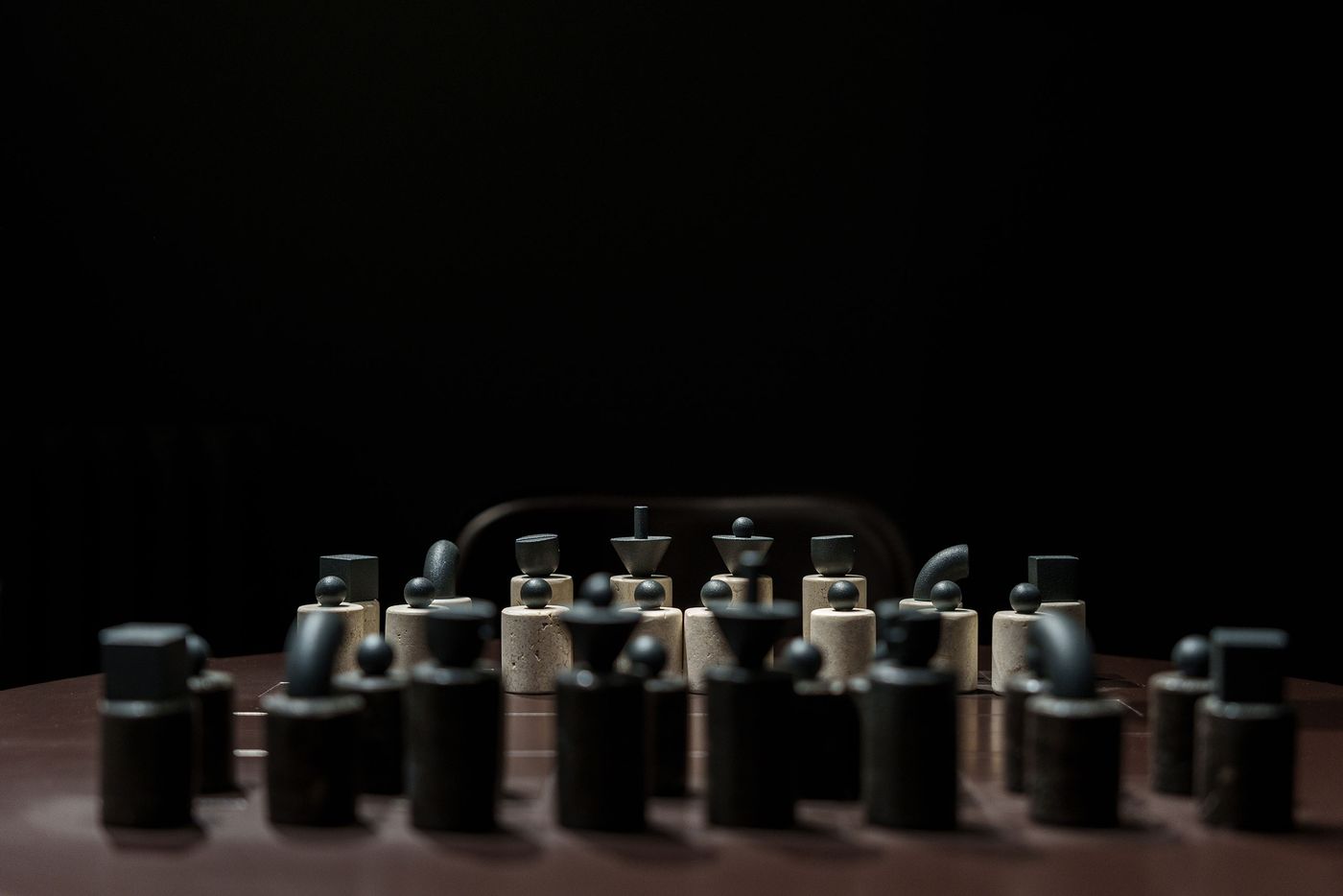
Photography by Bill Stamatopoulos.
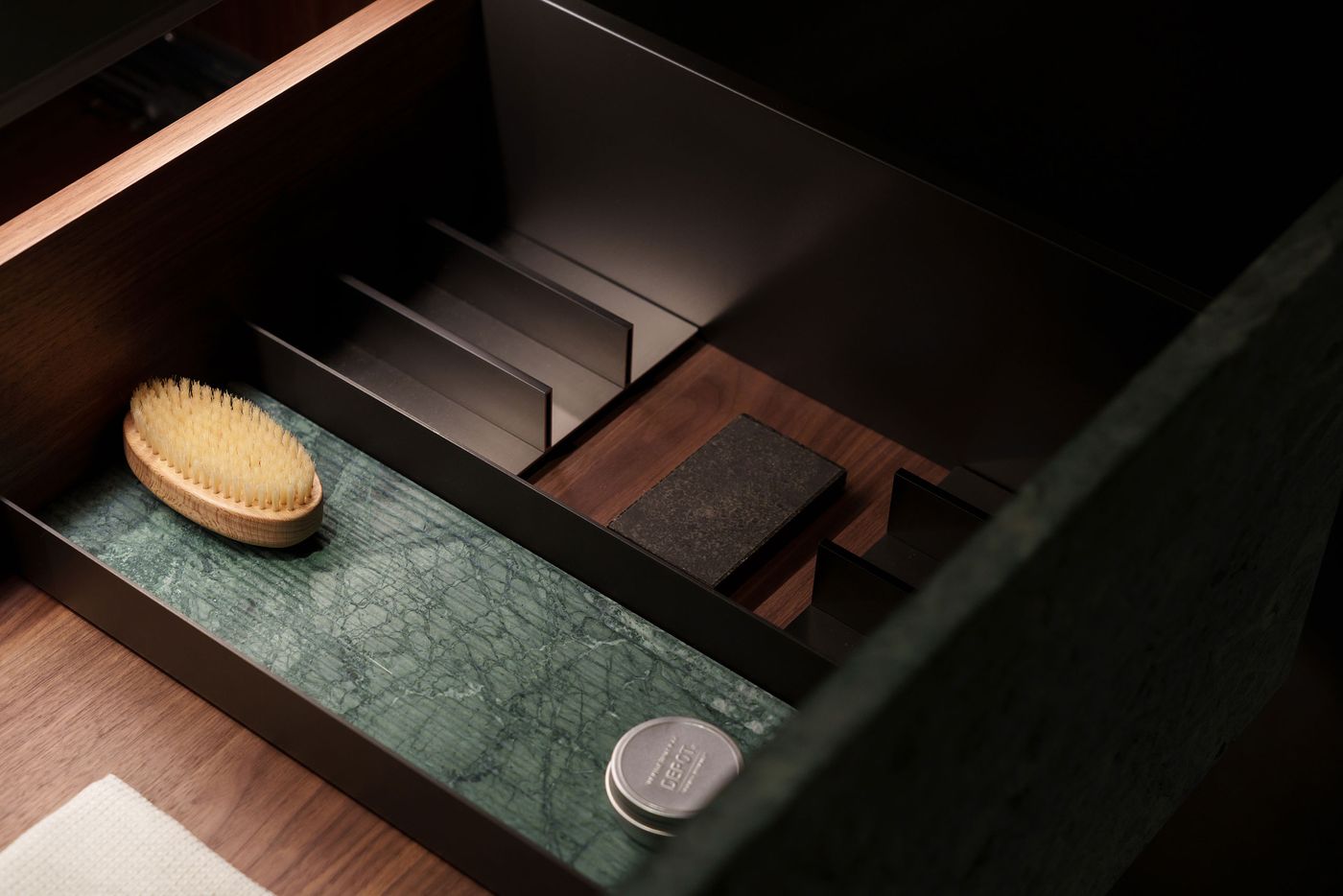
Photography by Bill Stamatopoulos.
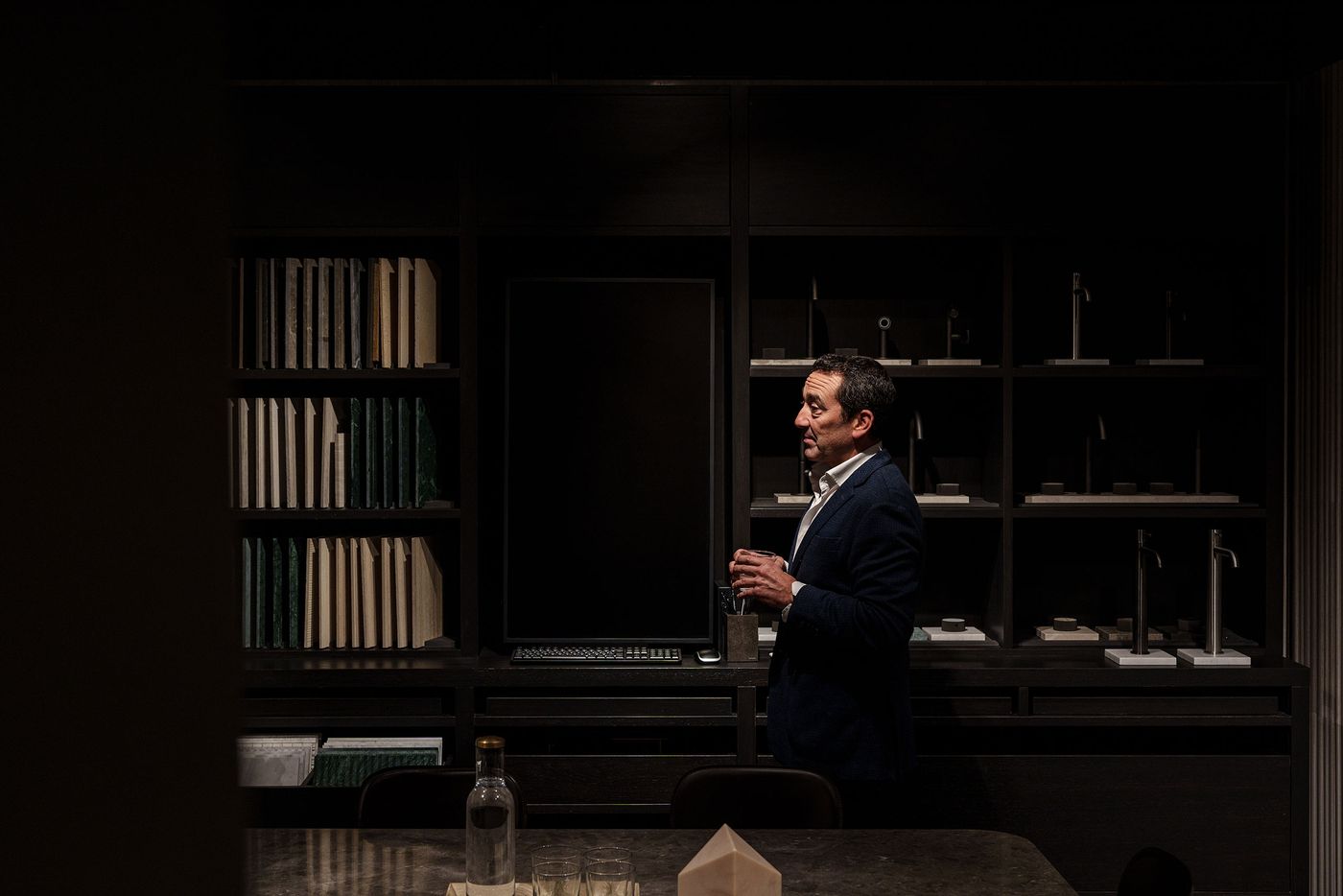
Gabriele Salvatori.
Photography by Bill Stamatopoulos.

Omphalos Coffee table by John Pawson for Salvatori in Bianco Carrara. 100 x 100 x 20 cm.
© Salvatori.
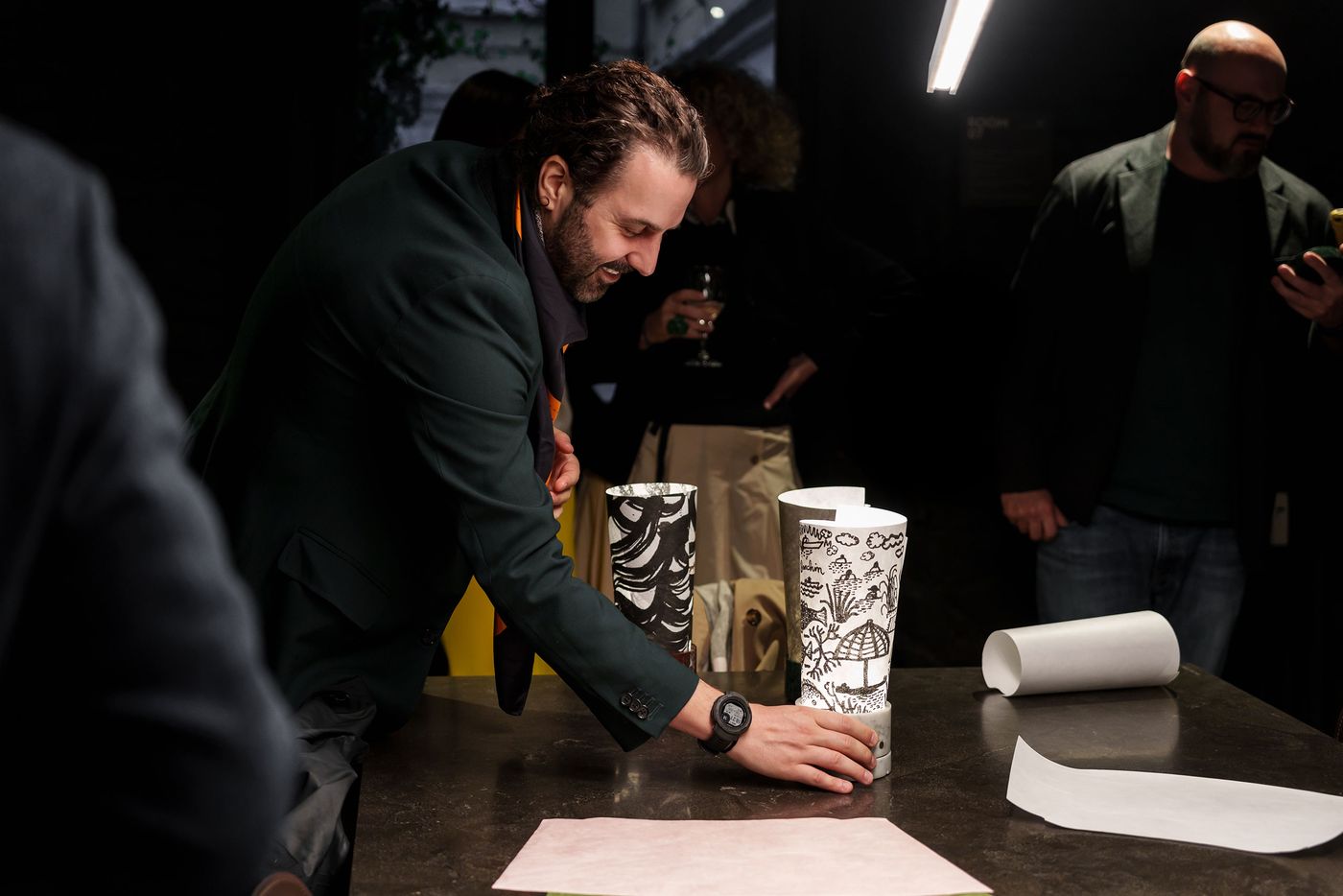
Photography by Bill Stamatopoulos.
Most recently, Salvatori collaborated with Italian designer Luca Nichetto on the Teo lamp, an elegant, cordless table lamp that caught our eye at the brand’s Milanese showroom. Inspired by architect I. M. Pei’s work, Nichetto has managed to harmoniously blend the solidity of stone with the delicacy of paper: the lamp’s base, available in Carrara marble and other natural stones, holds a rolled paper shade that emits a soft, warm glow. Its simplicity and elegance also invite customization, as the paper can be replaced with different patterns or colours, thereby transforming the lamp to suit personal tastes. Additionally, three exclusive illustrations by Lucio Schiavon transform the shade into a luminous work of art, available in a limited edition.
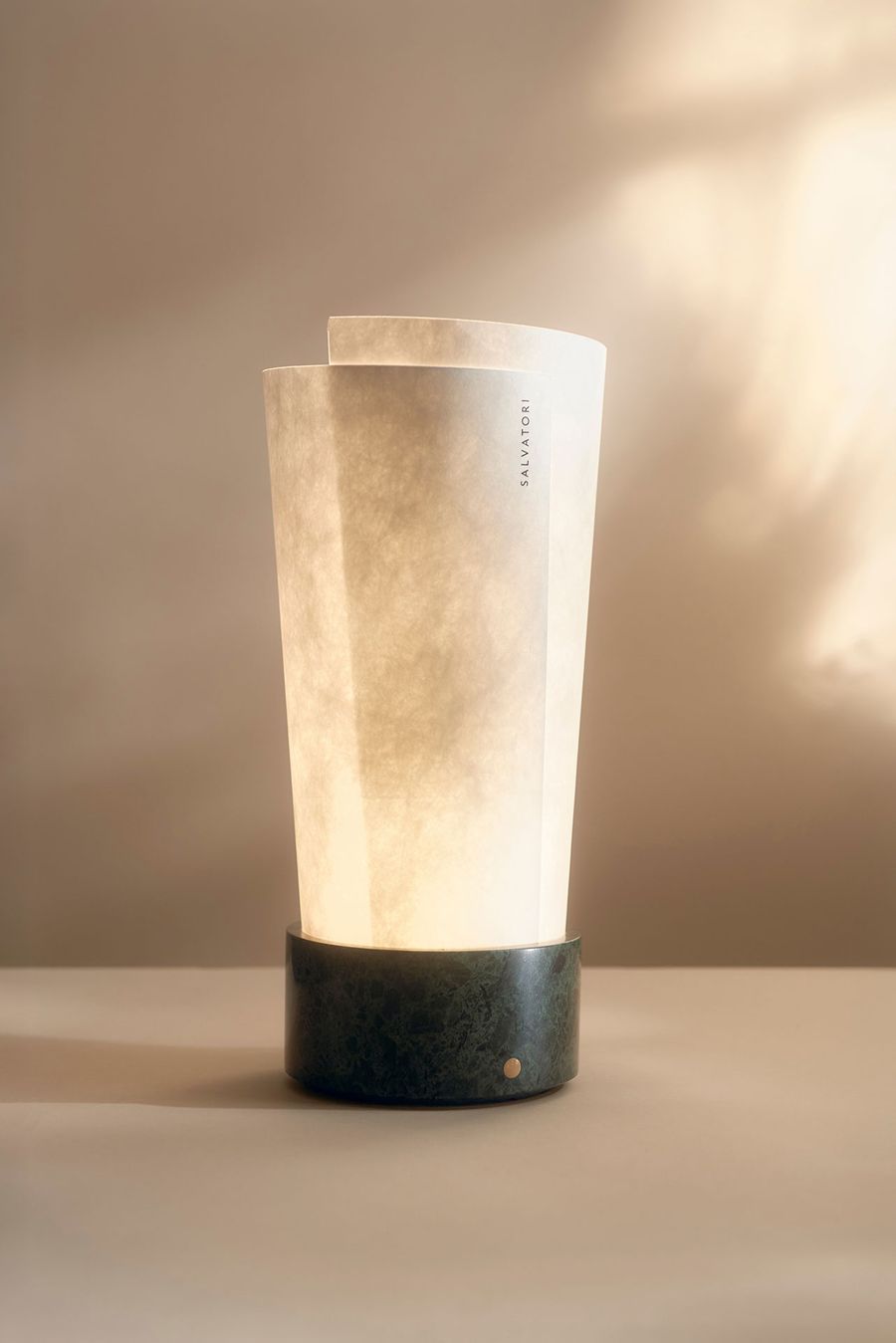
Teo Table Lamp by Luca Nichetto in Verde Guatemala.
© Salvatori.
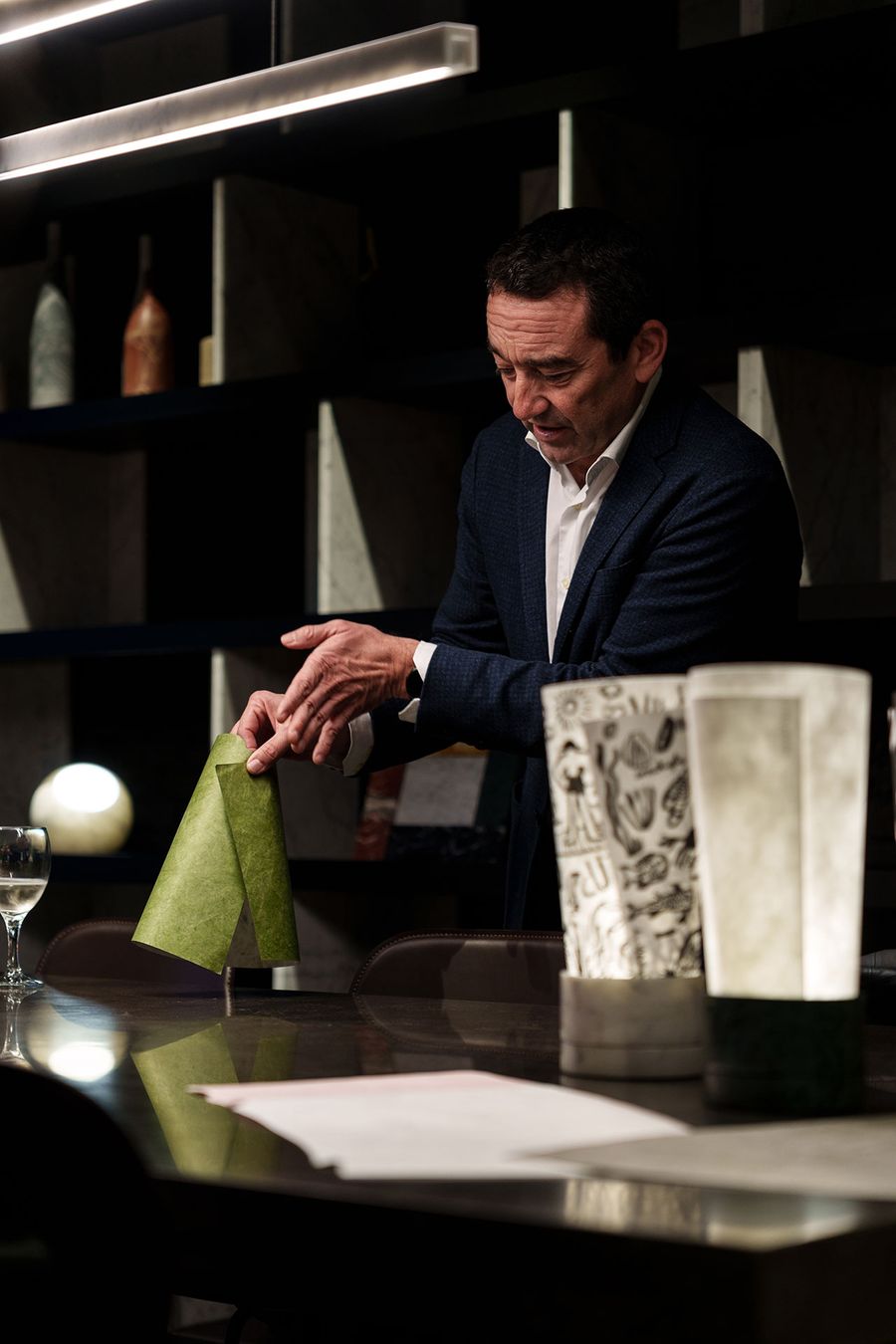
Gabriele Salvatori.
Photography by Bill Stamatopoulos.

Photography by Bill Stamatopoulos.
Another striking display in the Milan showroom was The Village collection, a series of miniature houses that embodies Gabriele Salvatori’s exploration of the home in a globalized world. Designed by a select group of international designers, the range of architectural interpretations reflects a distinct cultural perspective while doubling as beautifully carved sculptural objects. From Rodolfo Dordoni to Kengo Kuma to John Pawson—the latter reimagining his emblematic House of Stone installation—each designer has crafted a piece that is both personal and universal, utilizing natural stone to evoke a sense of timelessness and sanctuary.
Embodying the rich diversity of the modern world and the common desire for a place of refuge and belonging, The Village represents a continuation of the company’s commitment to reimagining home décor to encompass more than just function or form. Through its designs, Salvatori honours natural stone’s enduring legacy while looking forward to an evolving definition of the homes we live in—one that is as adaptable and multifaceted as the world we live in.

Omaggio a Morandi miniature marble sculptures series by Elisa Ossino.
Photography by Lea Anouchinsky & Alberto Carlo Macchi.
